|
Students took part in our health-day event. Students went to different 2nd grade classes to learn about dental health, healthy eating, and having healthy relationships with peers and family. Students got to explore the benefits of living a healthy life and got to describe the barriers preventing healthy habits. We also had Mrs. Olsen, who was our Junior Achievement volunteer come to teach us all about economics.
Here is a summary of what happened in our classroom: In Langauge Arts...
In Writing...
In Math...
In Social Studies:
Announcements:
0 Comments
The second graders worked extra hard the last two weeks designing and painting a work of art showcasing pristine Hawaii's beaches and shorelines. Students learned about the devastating effects of beach erosion and possible solutions to this major problem. While there is no one right solution for erosion, students are learning that non-profit organizations such as Malama Maunalua help restore and conserve our marine environment. This was the same organization that visited our classrooms and taught the keiki about rain water erosion and how invasive algae is affecting our beautiful shorelines. Be sure to check out the order form that went home yesterday and purchase a set of notecards to support our PBL project!
Here is a summary of what happened in our classroom: In Langauge Arts...
In Math...
Here is a summary of what happened in our classroom:
In Langauge Arts...
In Math...
Announcements and Reminders
Students had two busy first weeks of fourth quarter. They spent last week reflecting on their progress made in 3rd quarter in reading and math. Critical reflecting and goal setting is the highest level of reflection and an important part of the learning process. I hope you and your child enjoyed some time reviewing student work in their evidence binder and progress on report card together. In Language Arts...
In Math...
Announcements and Reminders...
The last two weeks were jammed packed with excitement! Last week, students learned about different careers during our school-wide career day event. HPD officers, 24 Hour Fitness Personal Trainers, a Real-Estate Agent, a Piano Teacher, a Radio Station Host, and Hawaiian Electric Technicians came to talk to the children about their occupations, broaden their perspectives about possible career choices, discussed specific skills and education needed, and gave opportunities for the students to ask questions. Click for Photos Lights, camera, action! This week we were treated to a special performance of Alice in Wonderland. What a production! We surely enjoyed the super songs, dazzling dances, and stunning set and costumes. Hopefully, some of our families got to see the night performance. Erosion EXPLOSION!!! We completed our PLTW erosion investigation lab experiment and were so fortunate to have 2 very knowledgeable guest speakers, Ms. Emma & Mr. Alex from Malama Maunalua come and talk to the children. This non-profit organization helps to do beach restoration at various beaches, but mainly a Maunalua Bay with a focus on invasive algae, which thrives on all the sediment coming into our beaches and bays caused by land and rain erosion. Every other Saturday you can join them for beach clean up days. Check out their website for more information: Malama Maunalua In reading...
In math...
In Science...
Reminders and announcements:
This week we were treated with a special guest reader...Mrs. DeBaun (Isabella's mom). She read to the children The Dot by Peter Reynolds. Through this inspiring tale, children learned the power of encouragement and perseverance. If you're stuck, change your perspective, amazing things can happen. Just..."Make your mark and see where it takes you" In reading...
In writing...
In math...
In science...
Very proud children got to show off their amazing work at the Student Showcase. D103 students really helped to transform the cafeteria into a "forest" of colors and creatures with their work. This year our second graders met their first grade buddy class and viewed the showcase together. Our second graders assisted the first graders in writing happy grams.
Here is a summary of what happened in our classroom:
In Langauge Arts...
In math...
In science...
Announcements & Reminders
Our class of 22 is now 23! We are so excited to have Rikki as our newest friend in D103. Having a new classmate this week gave all of us the opportunity to benefit from some Tribe activities. Students shared things about themselves and important things that anyone should know about our school. These activities were great community builders that brought a sense of fellowship. In Langauge Arts...
In math...
In science...
Announcements & Reminders
Our little engineers got to put their designs to the test as they conducted a trial run of their seed dispersers this week. It was quite an experience for them to explore and evaluate how they thought their models were going to work and actually seeing them in action.
In language arts...
In math...
In social studies...
Reminders & Announcements
Happy New Year! I hope everyone enjoyed time with family and friends this holiday season bringing in the New Year. Every start to a new year makes for the perfect opportunity to reflect on our achievements and set new goals. This is exactly what the children did. Going through this process is meaningful for the children as they are learning that they can track and monitor their progress and by doing this it motivates them to strive higher. Looking at their growth also allows them to self assess, set another goal, and make a plan to get there. Students set goals for reading, math, and they also set personal goals as well. Here is a summary of what happened in our classroom: In Langauge Arts...
In math...
In science...
REMINDERS AND ANNOUCEMENTS
|
Proudly powered by Weebly
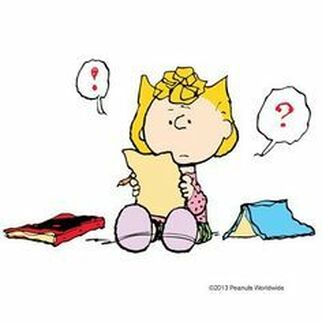
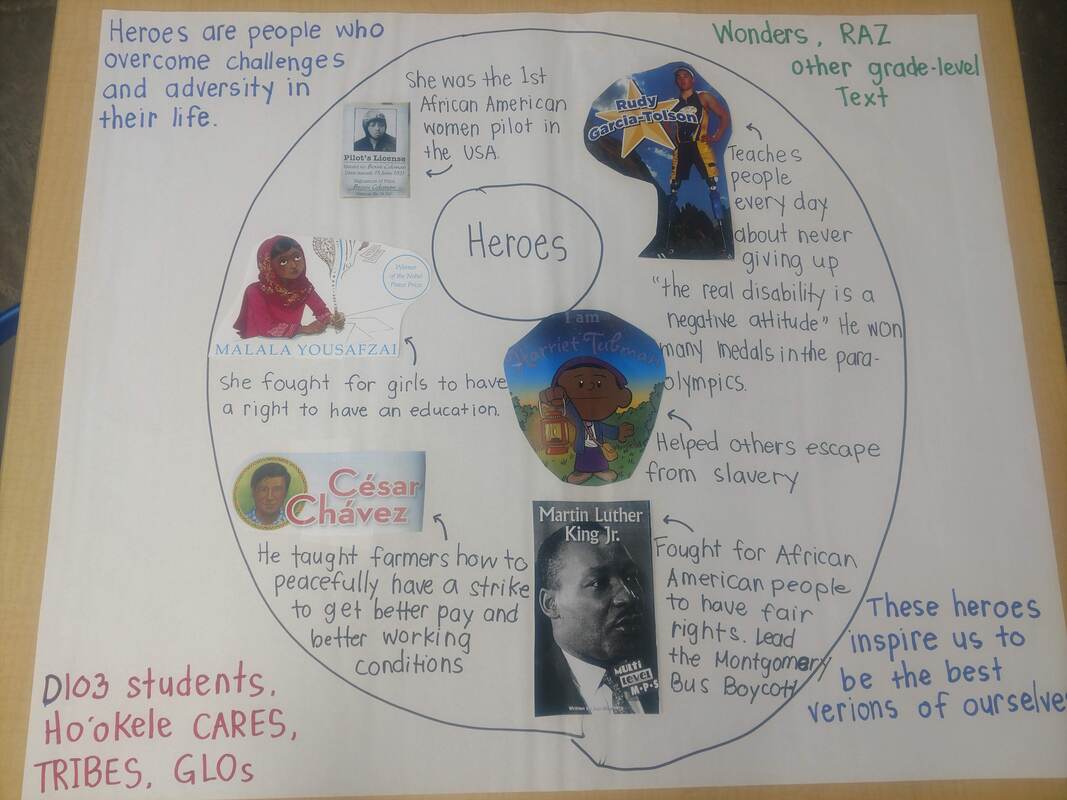
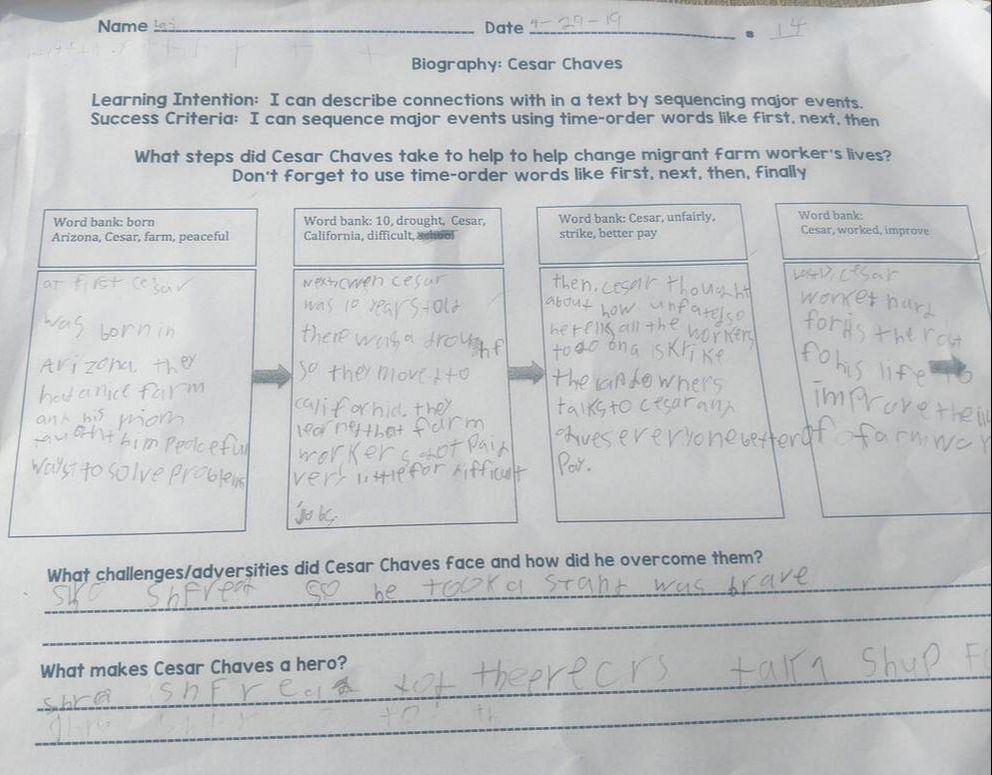
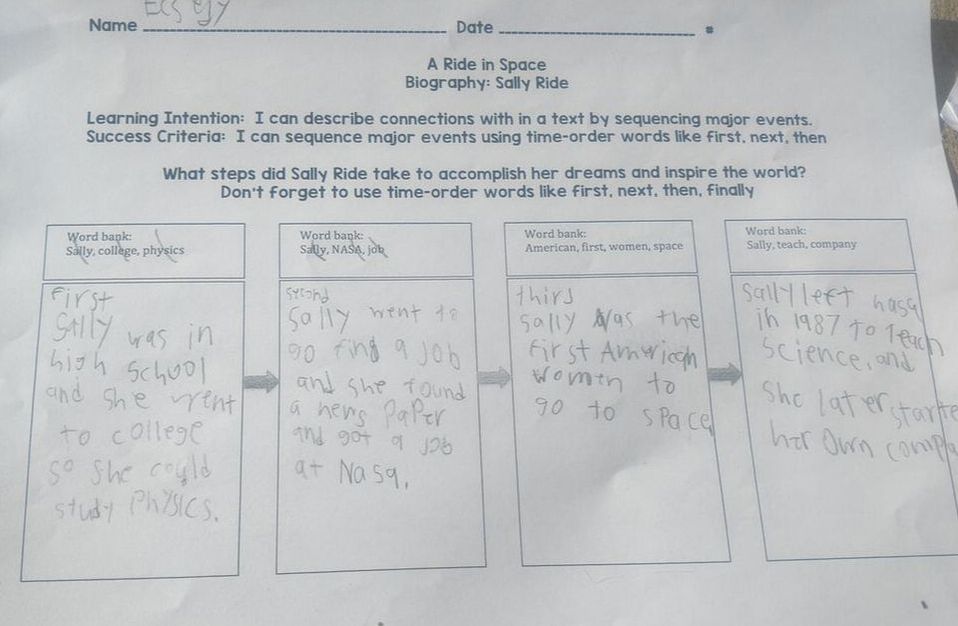
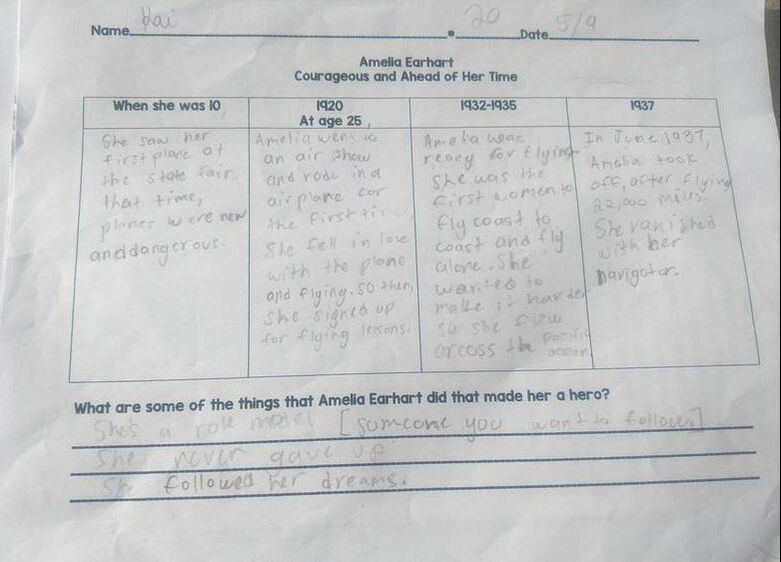
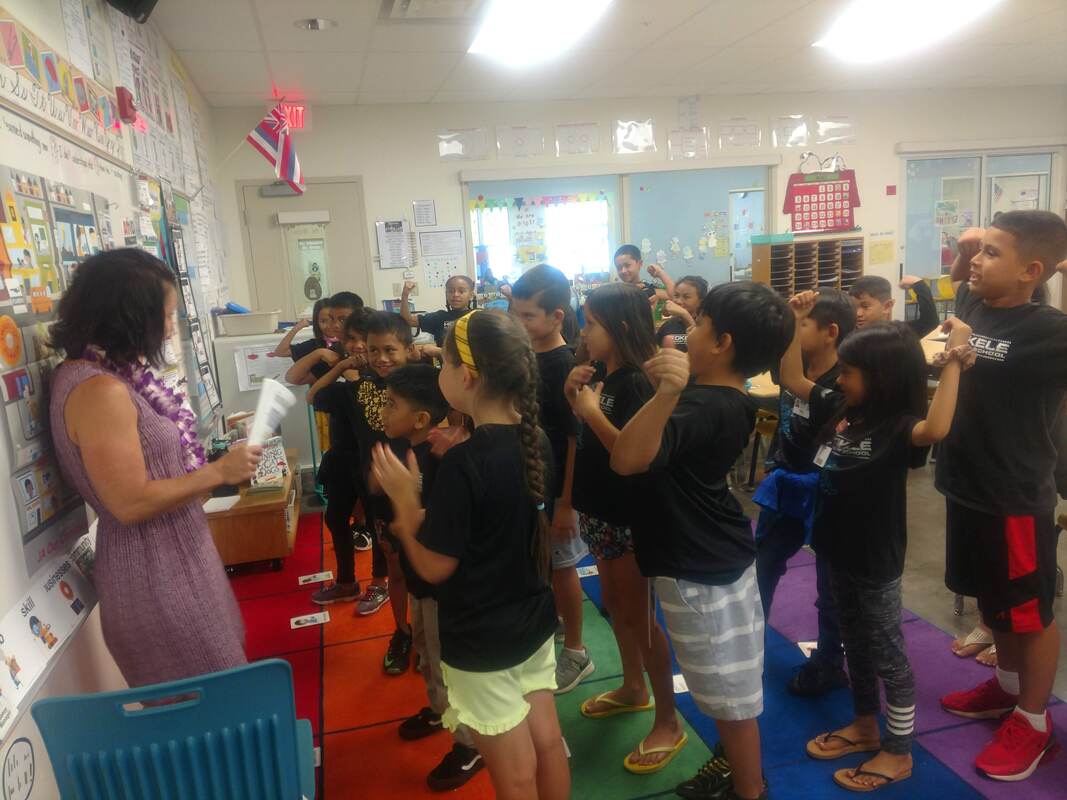
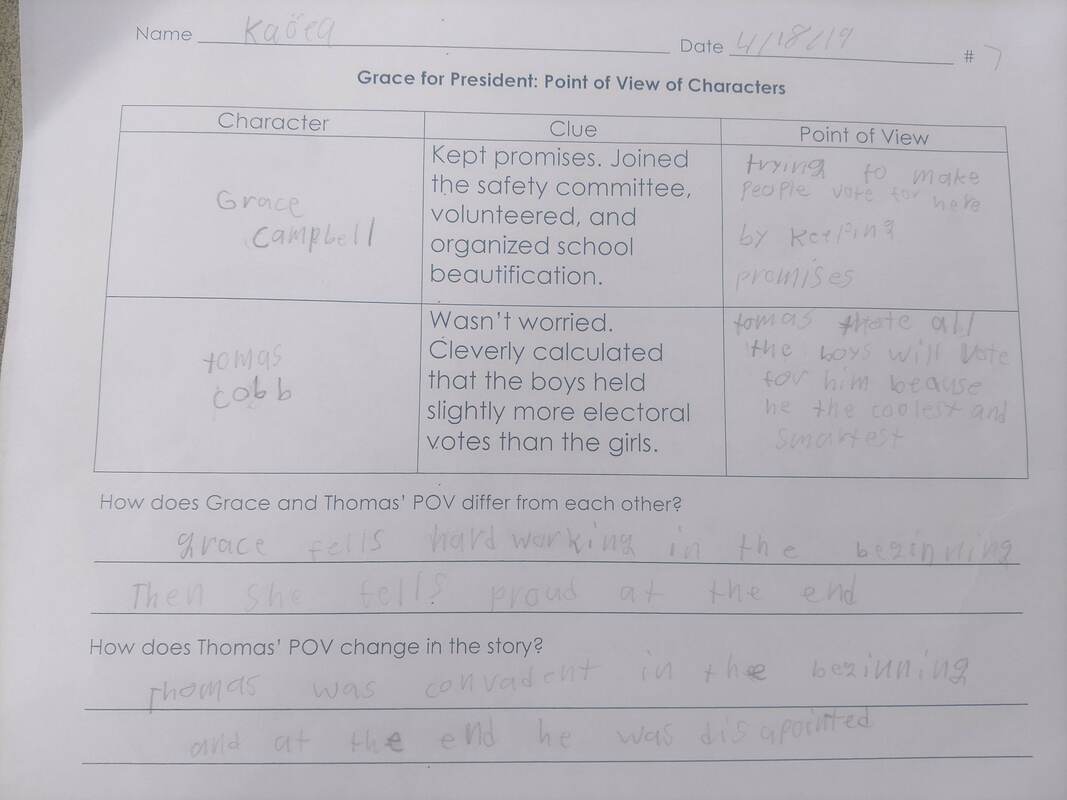
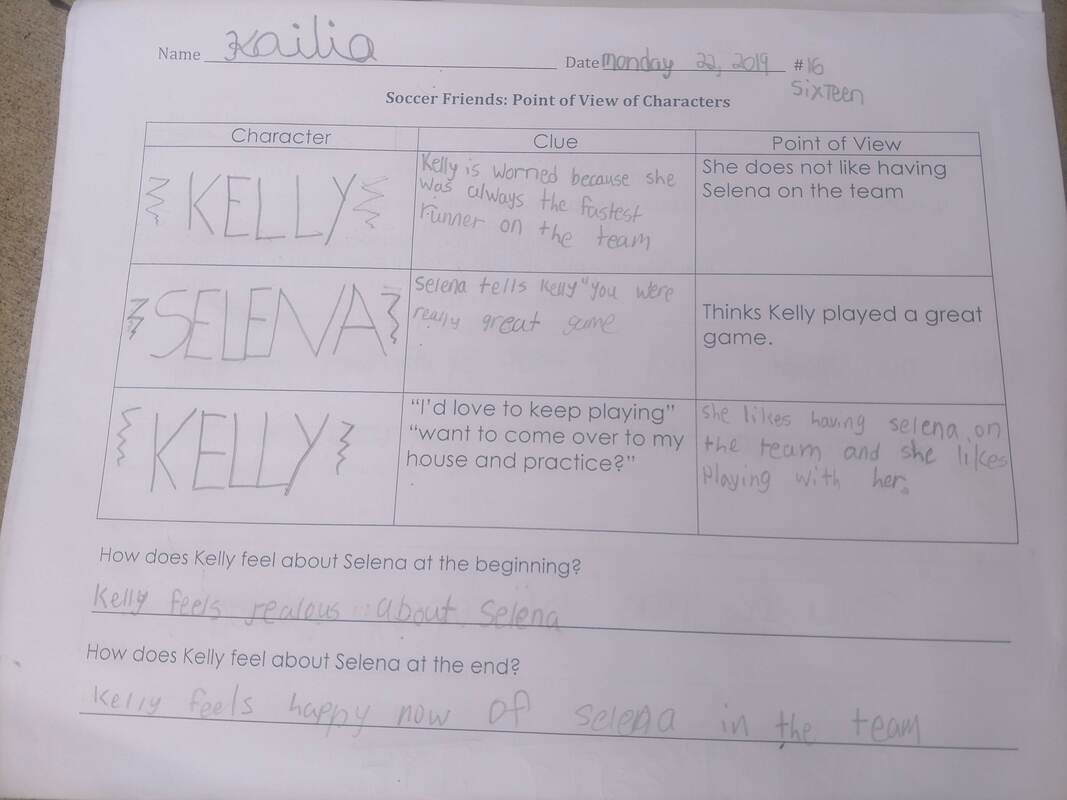
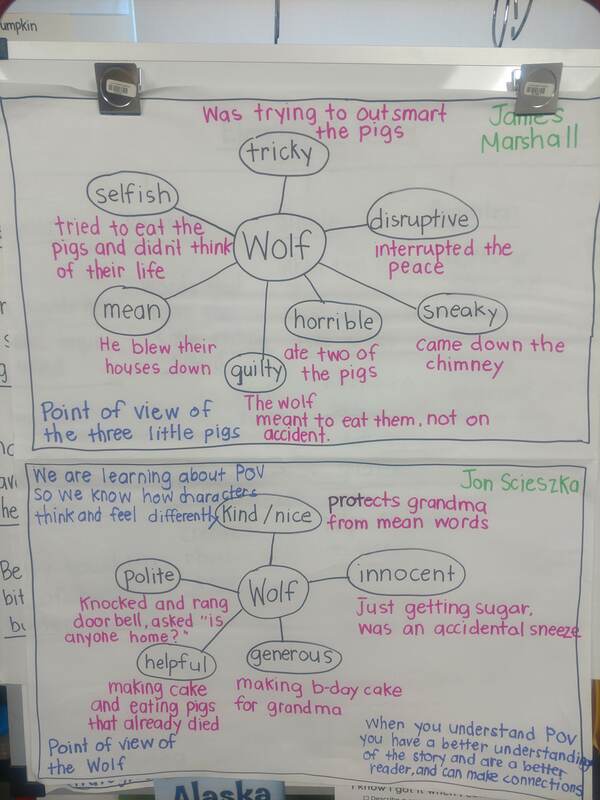
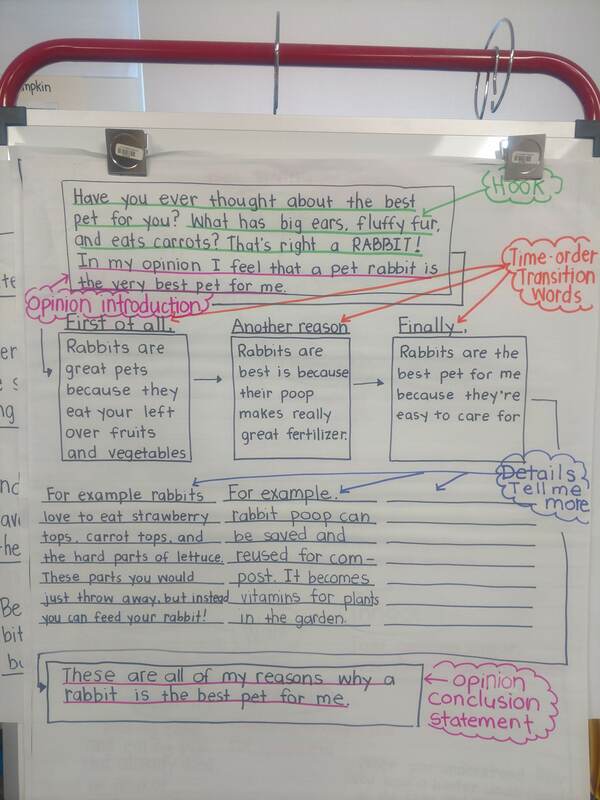
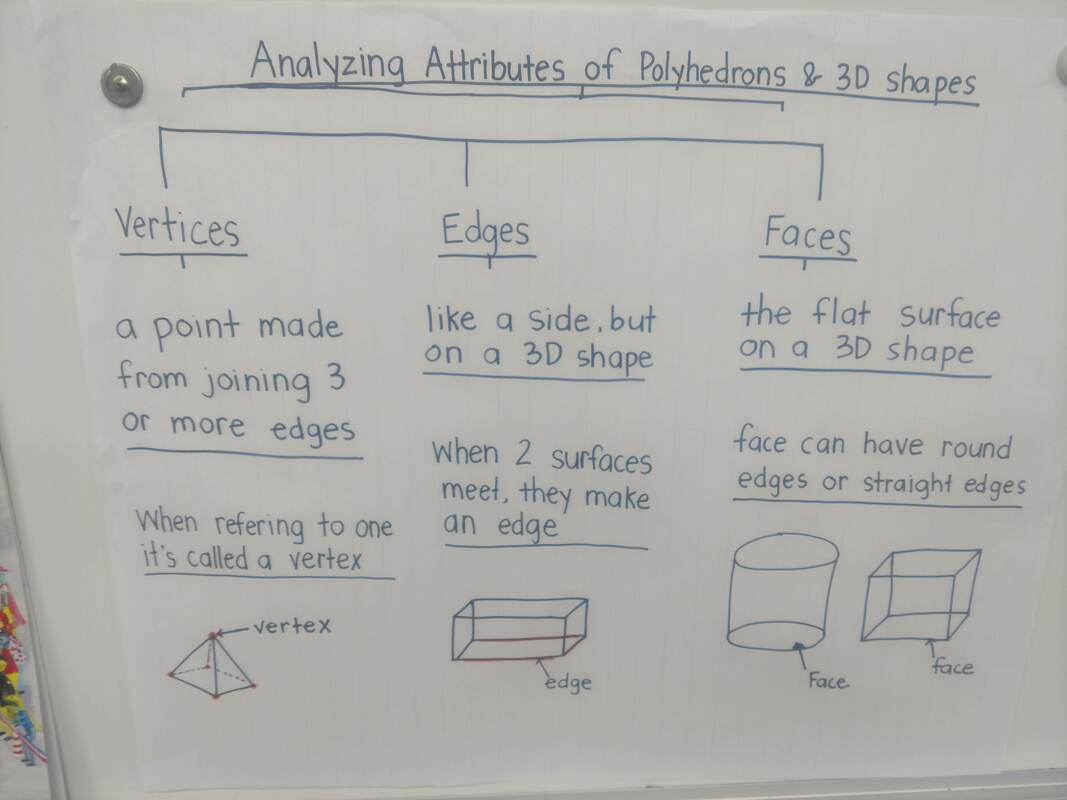
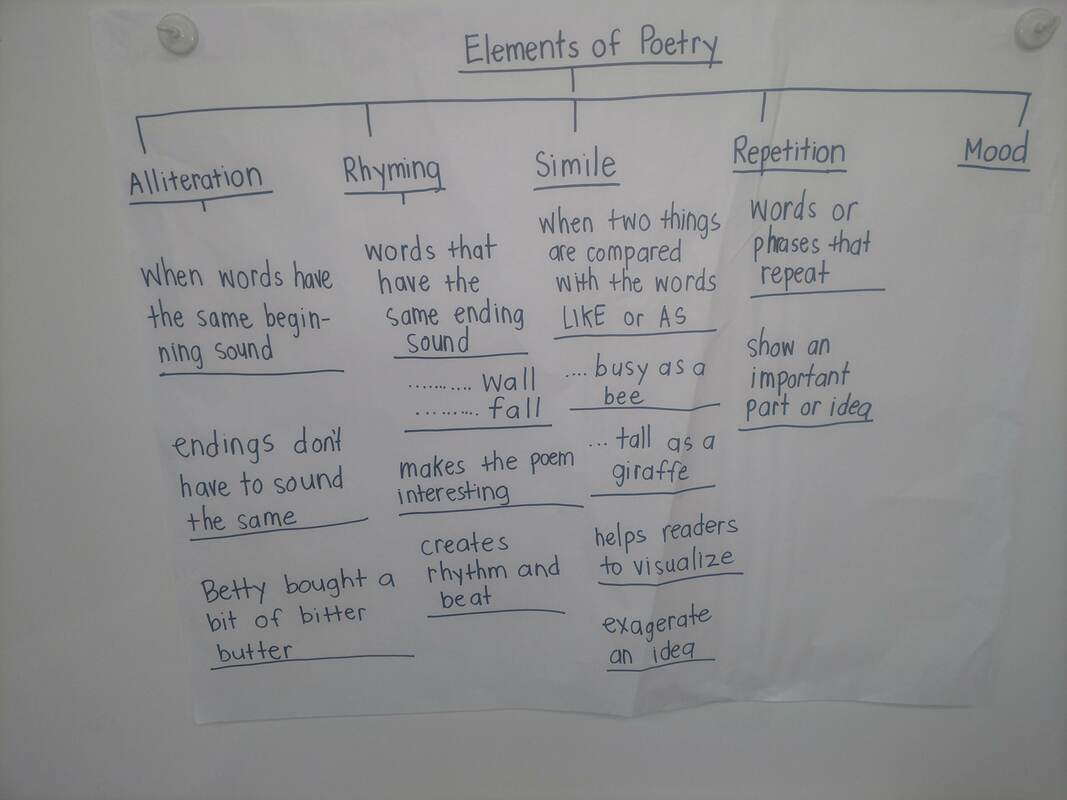
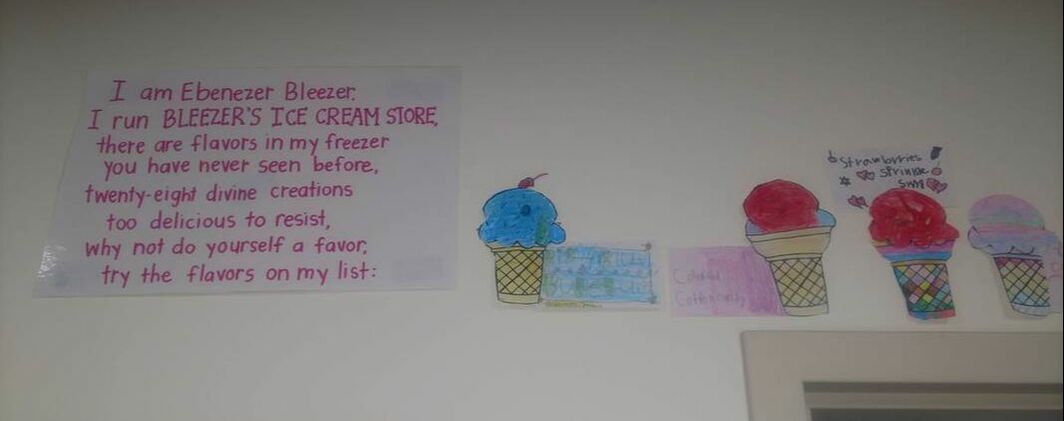
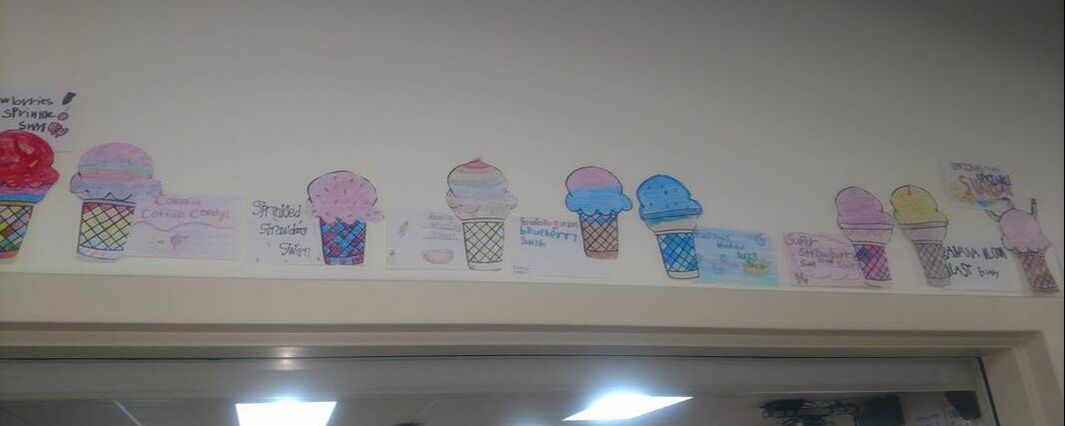
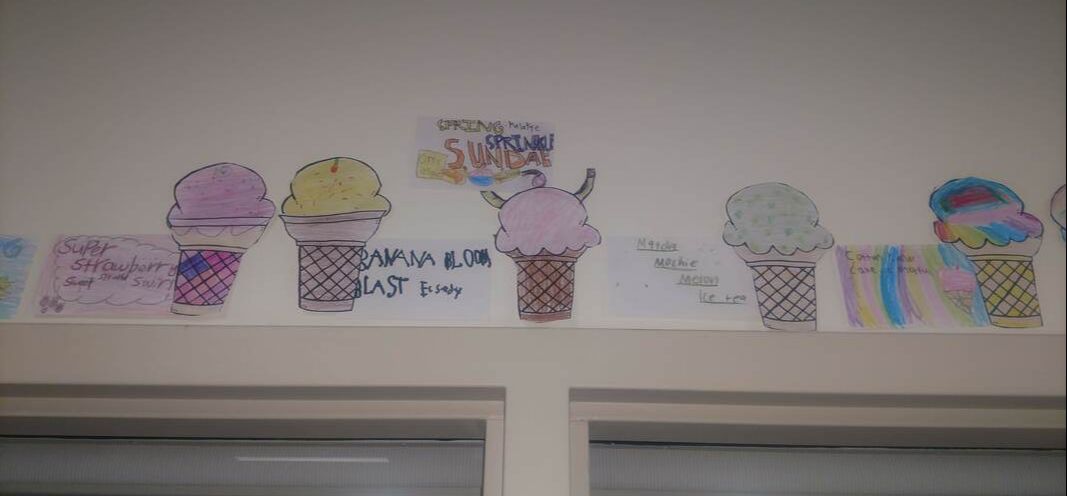
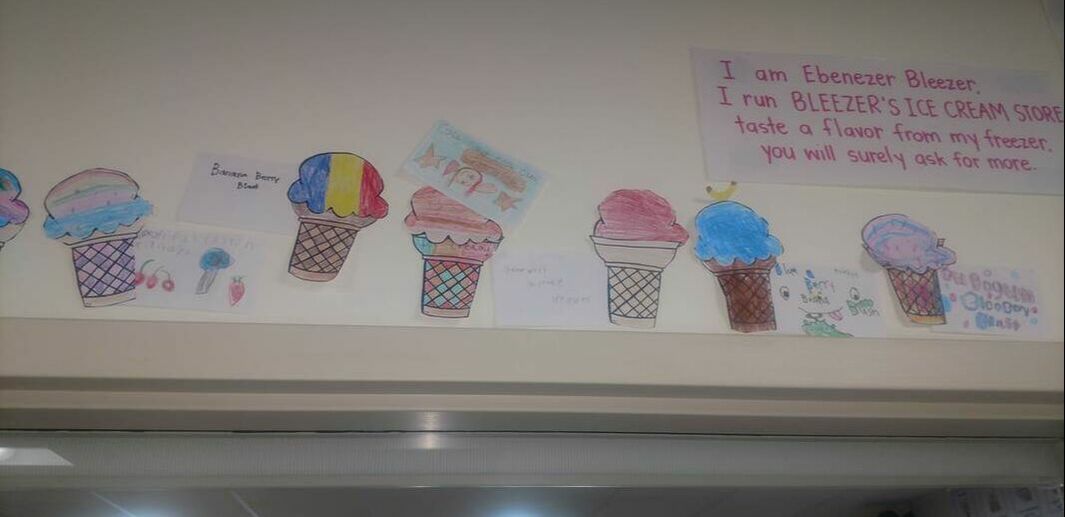
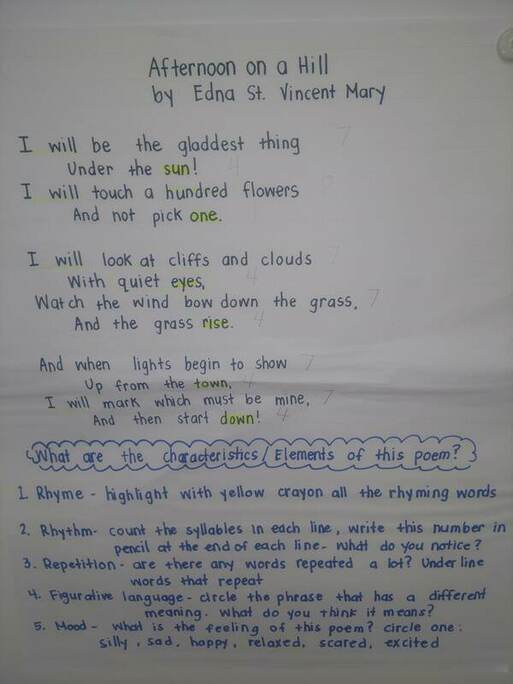
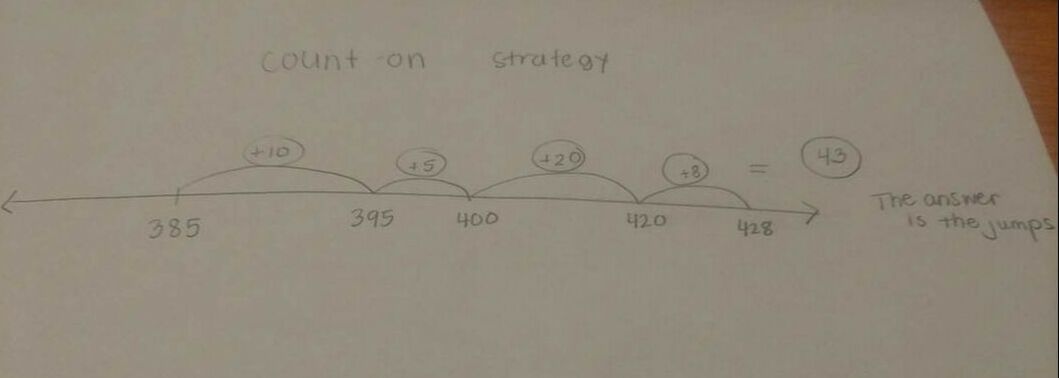
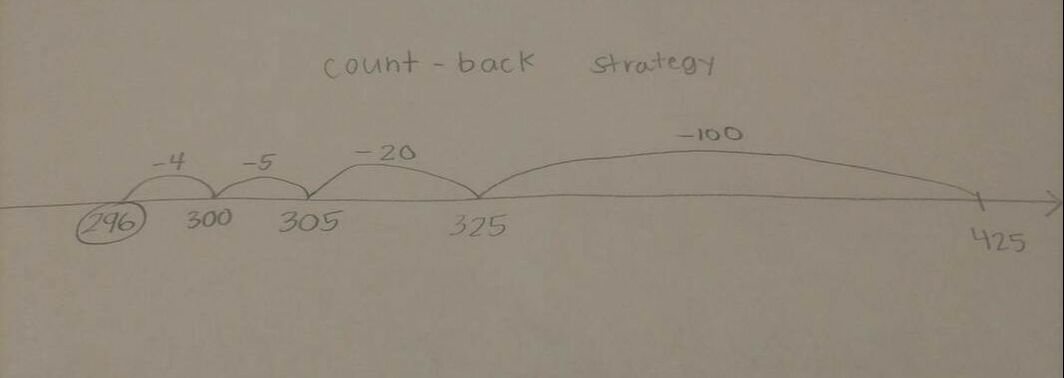
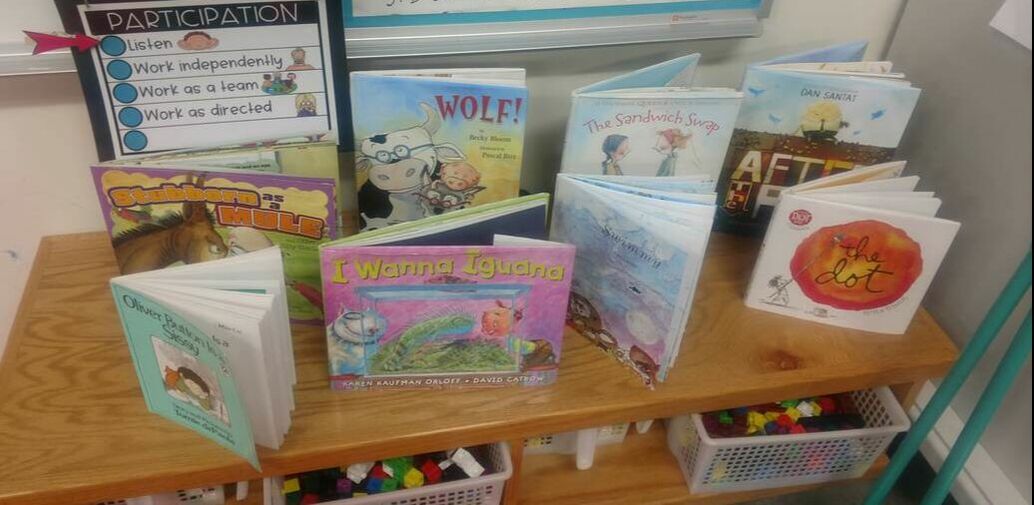
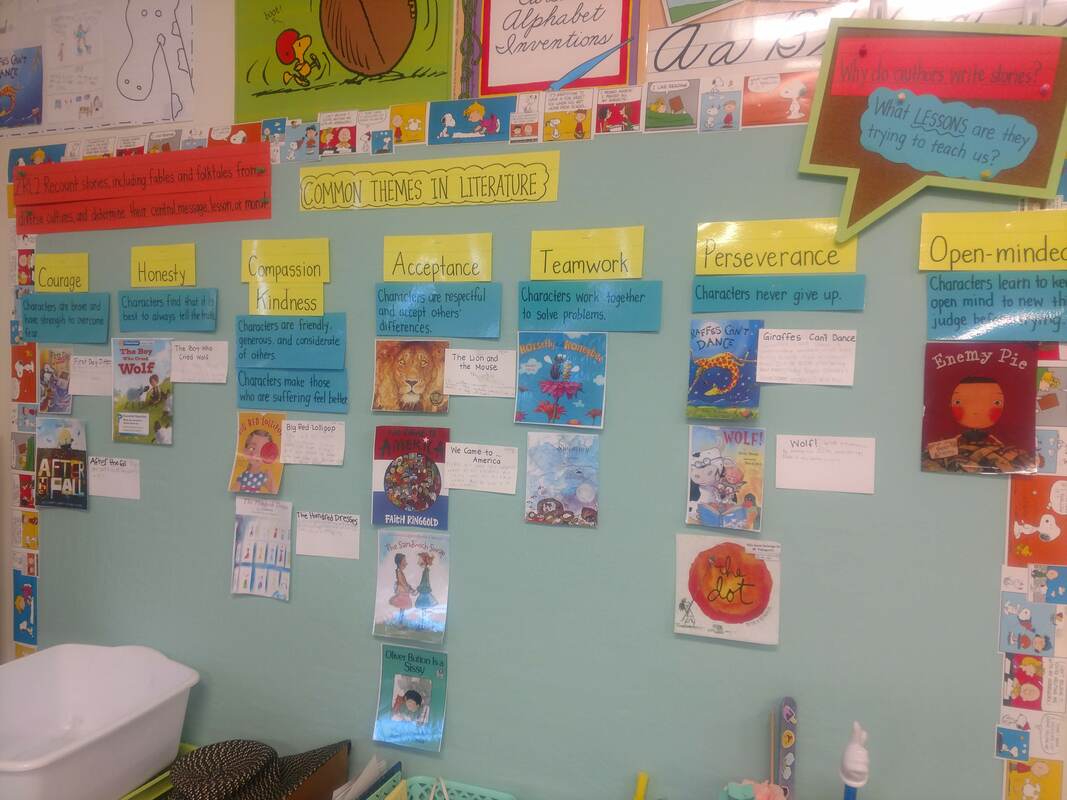

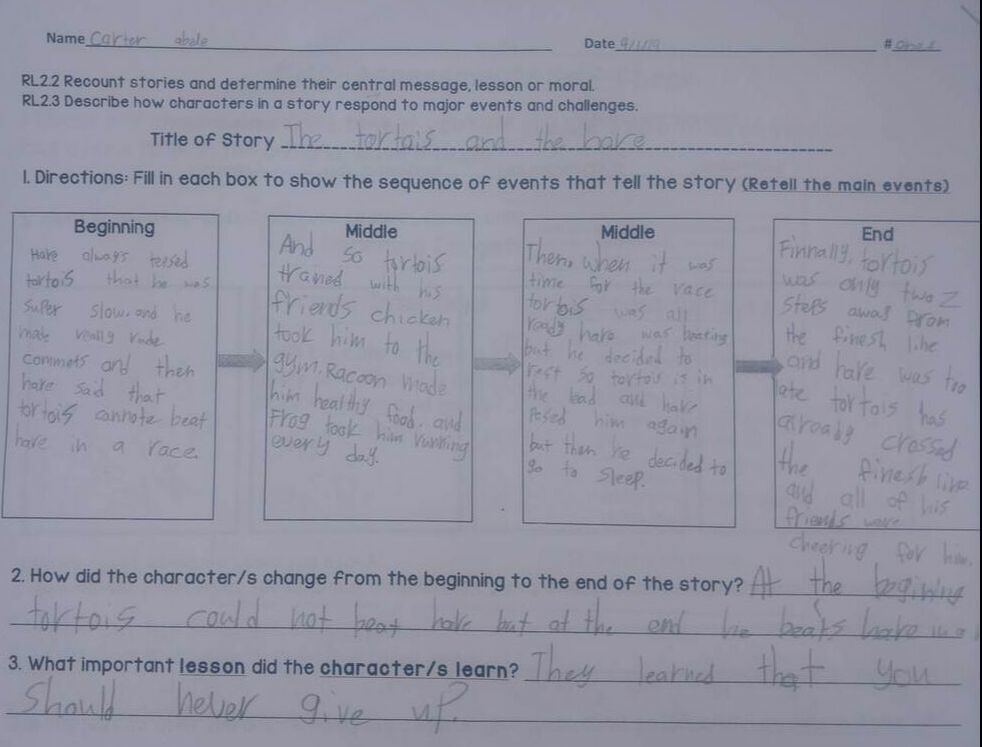
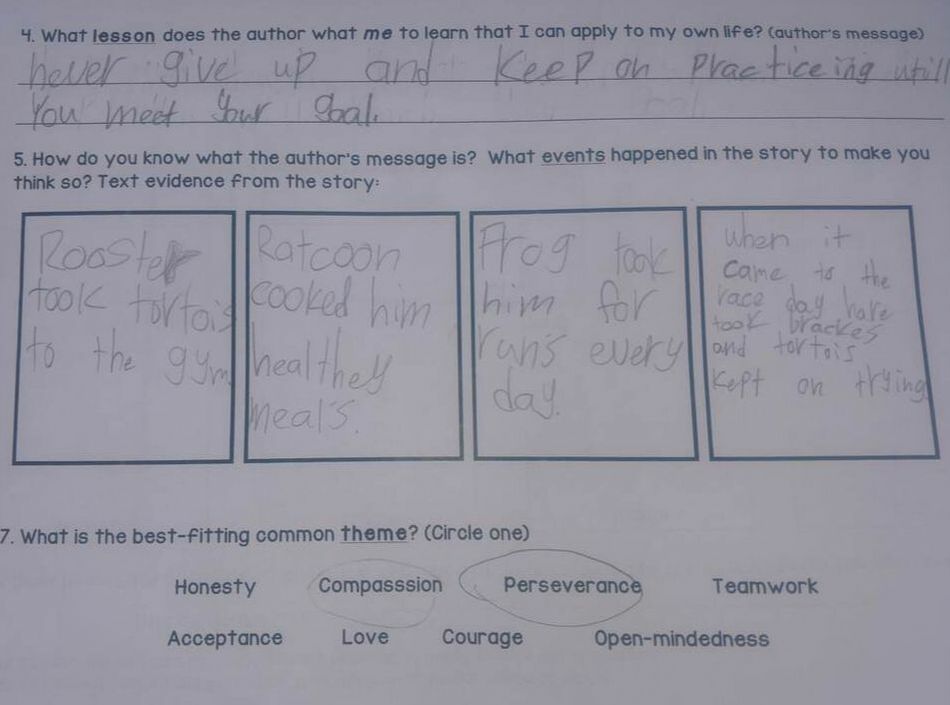
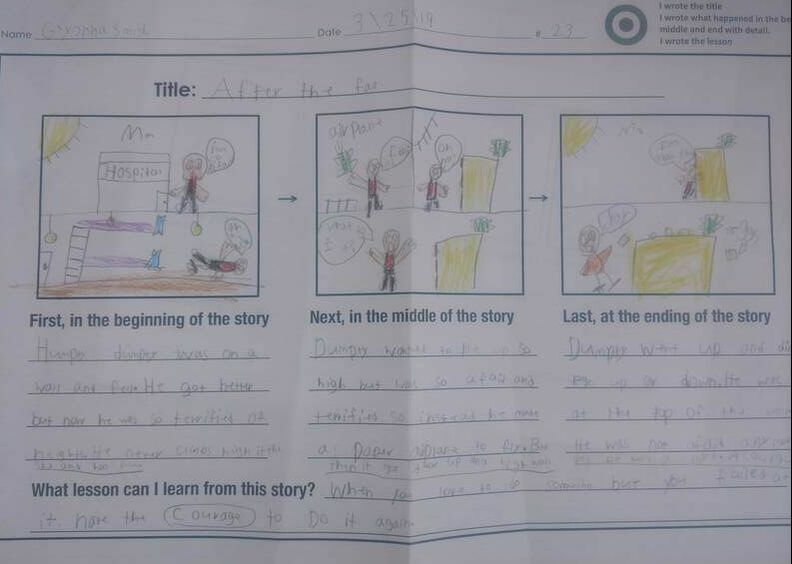
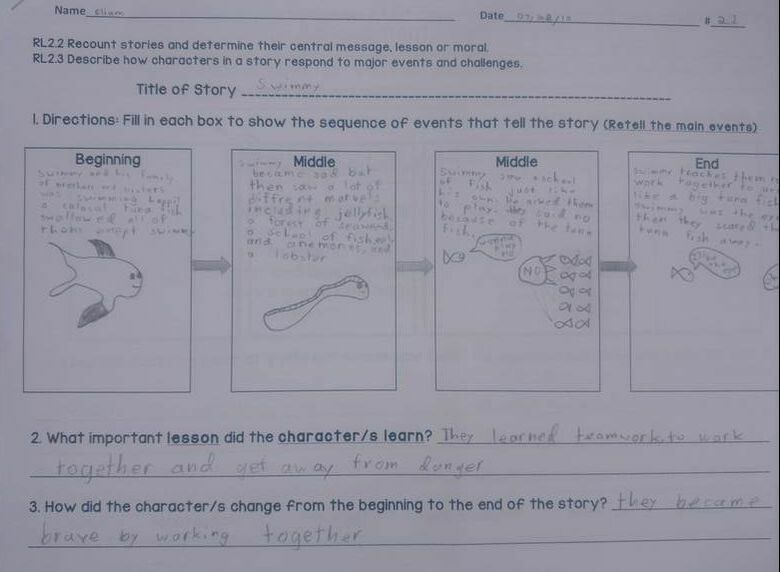
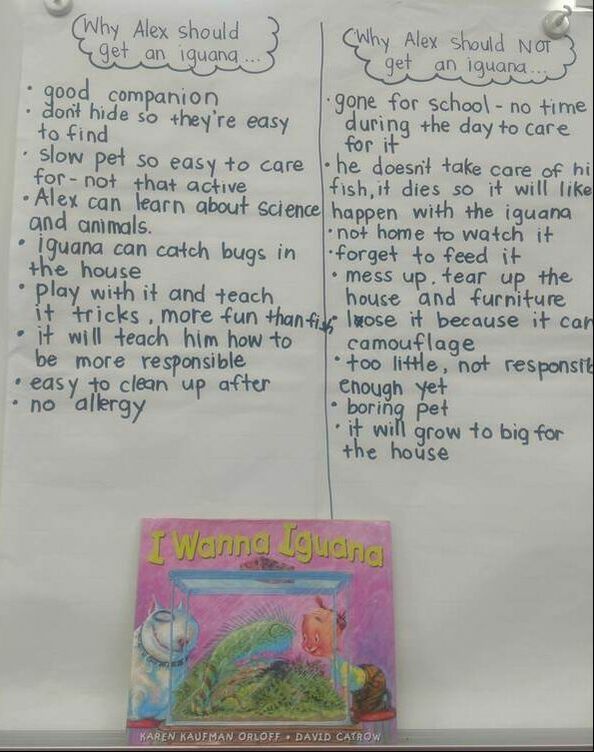
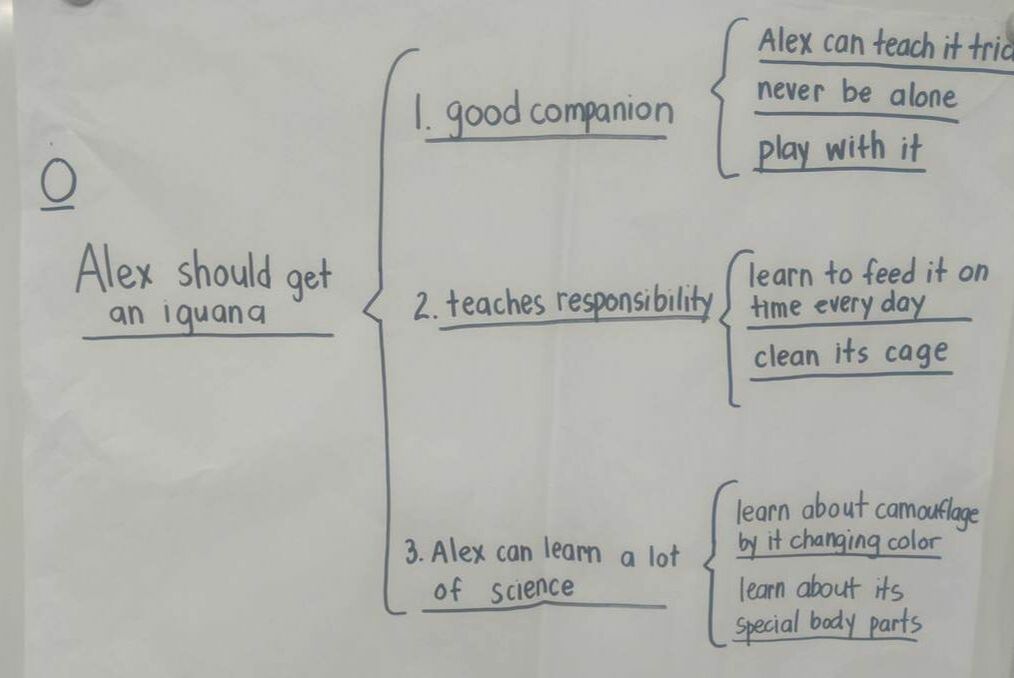
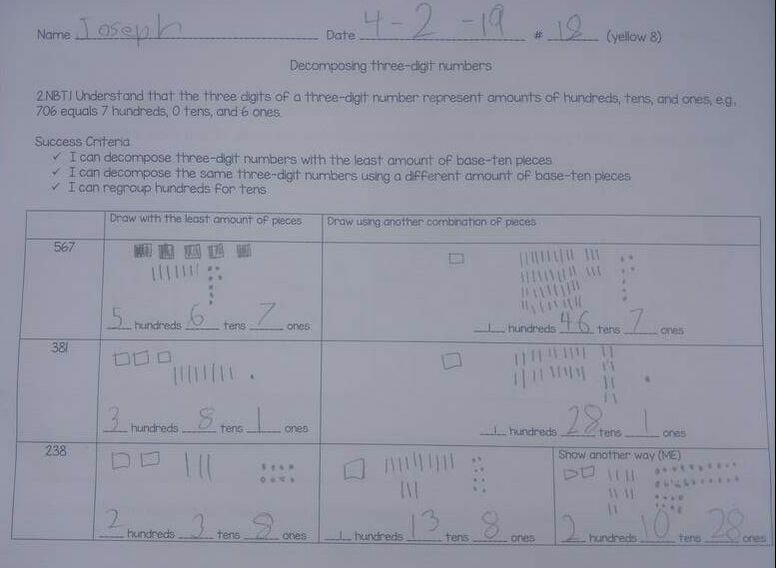
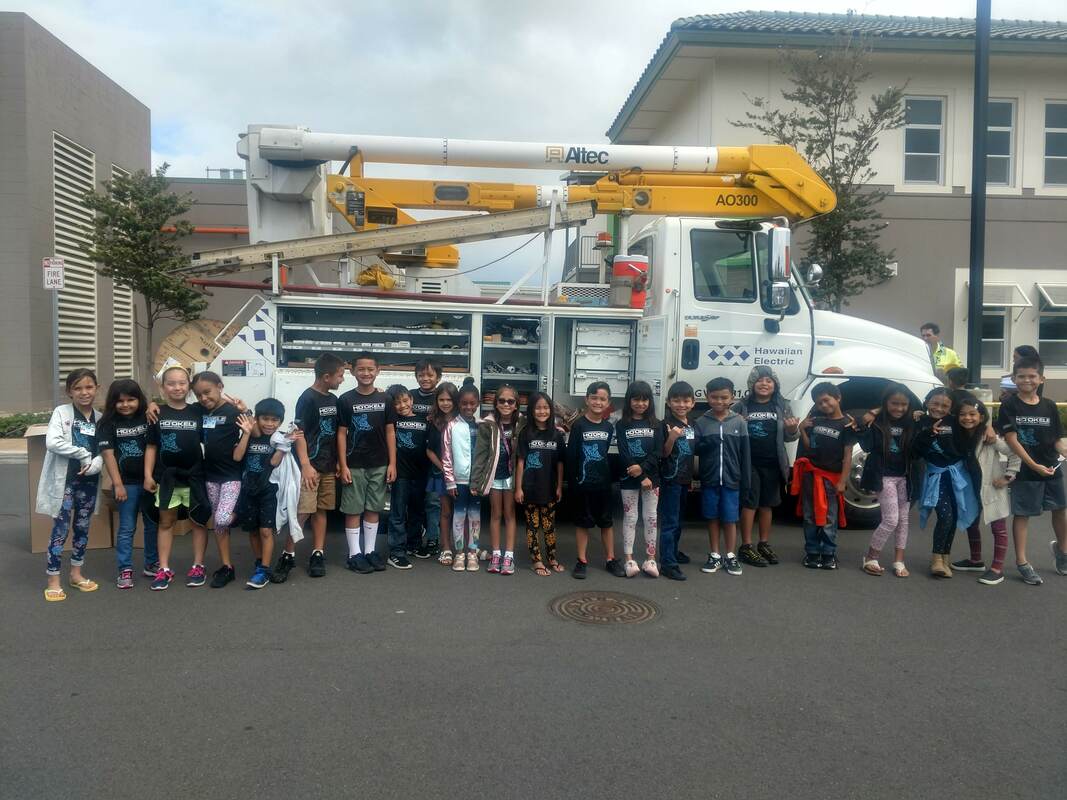
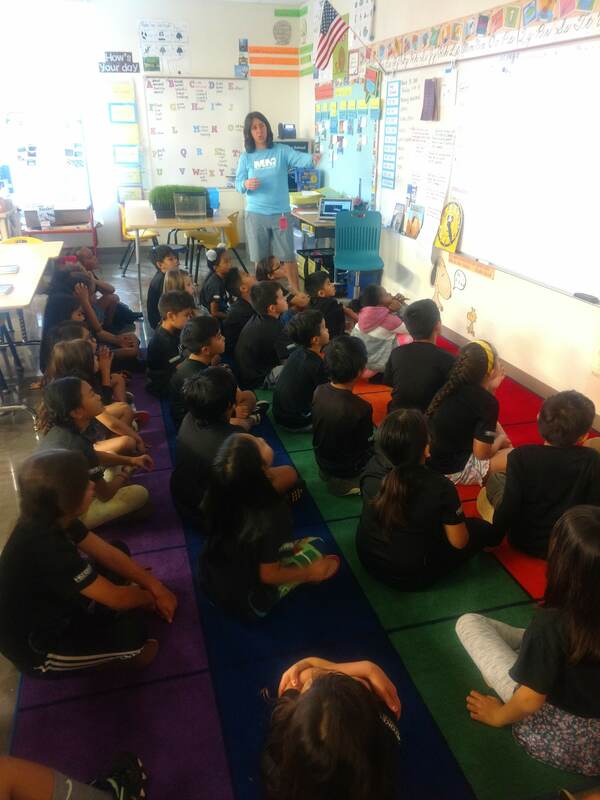
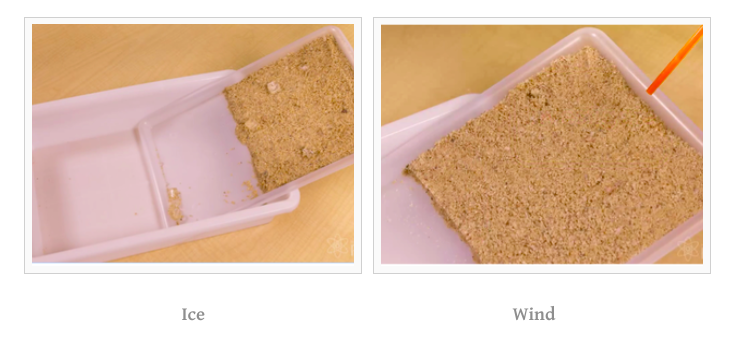
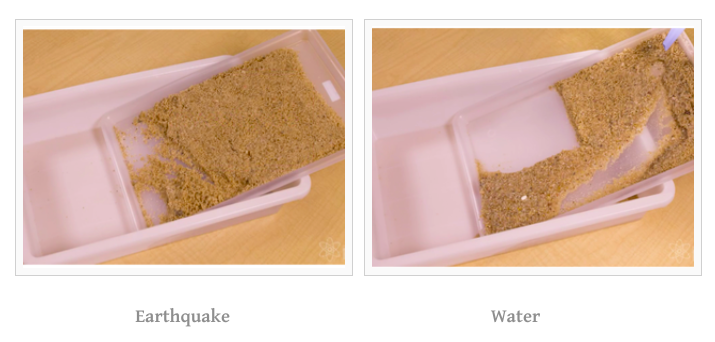
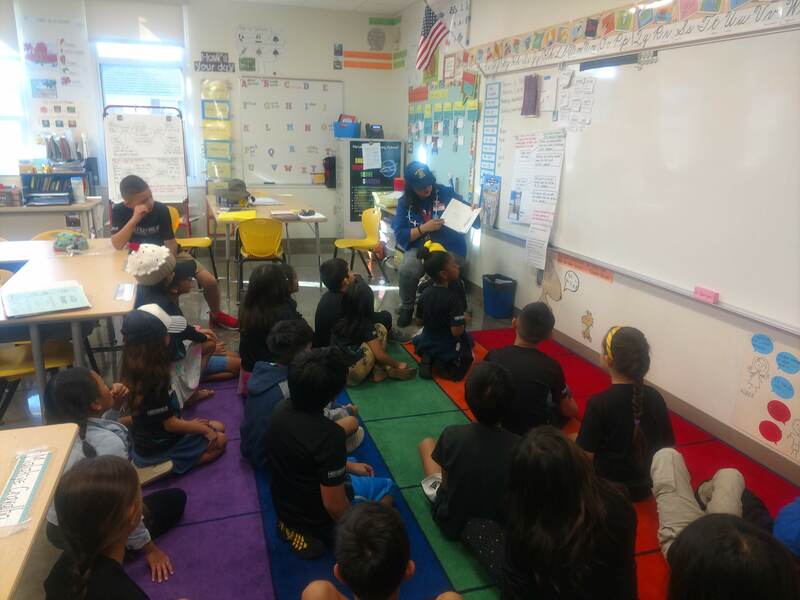
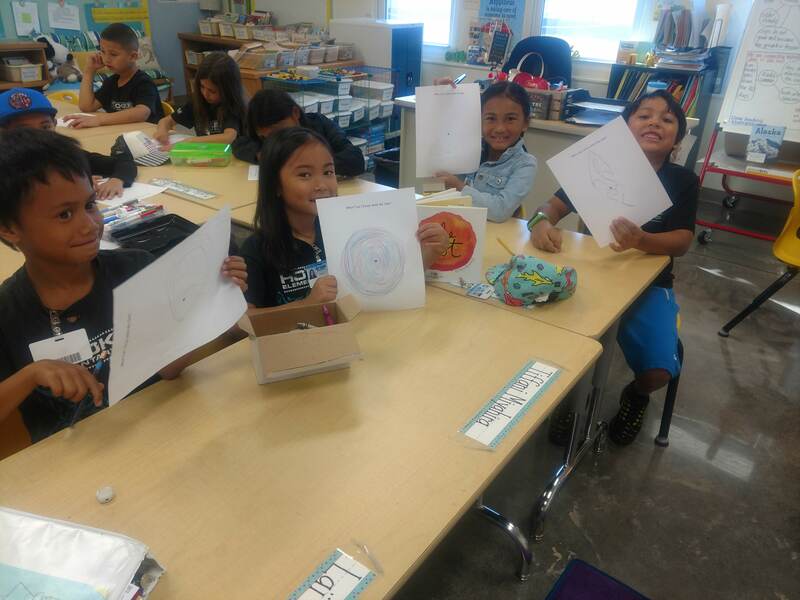
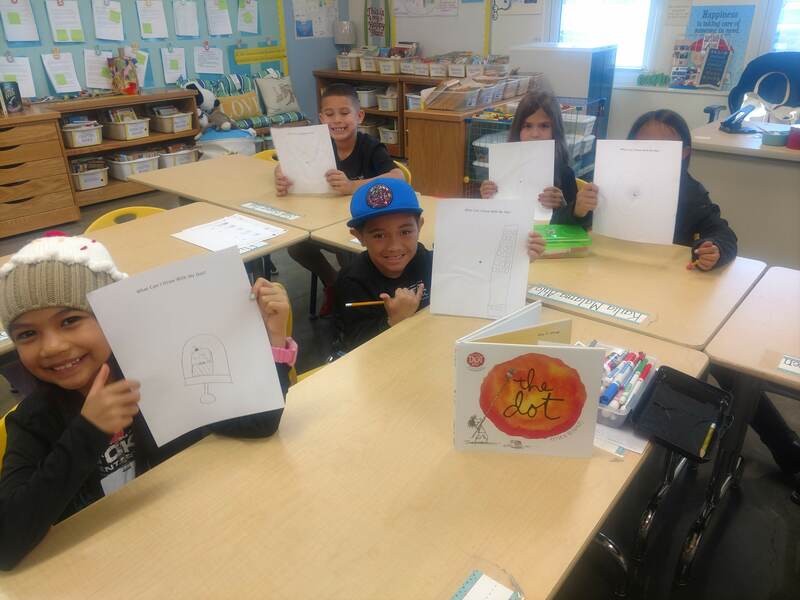
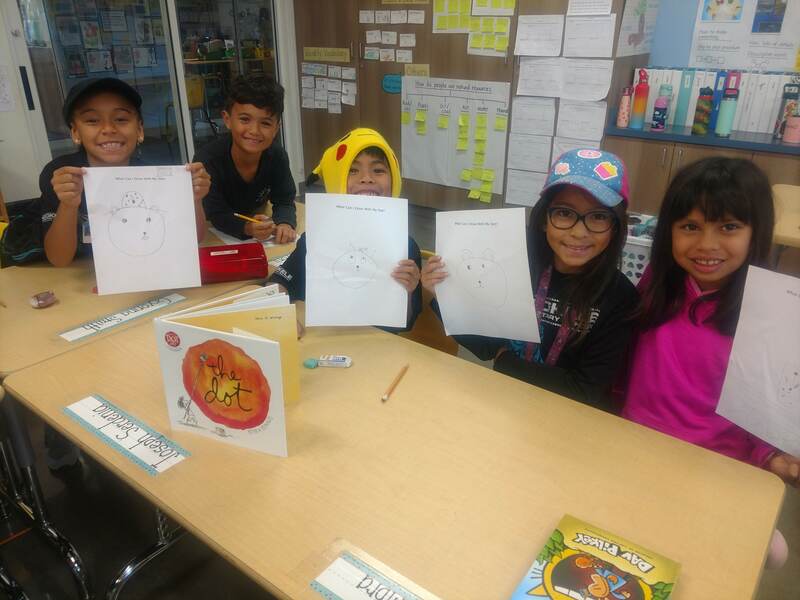
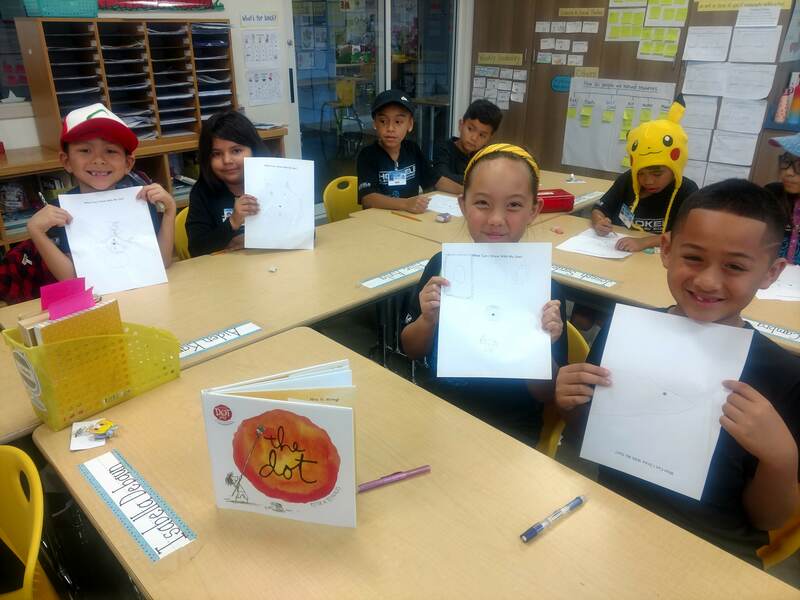
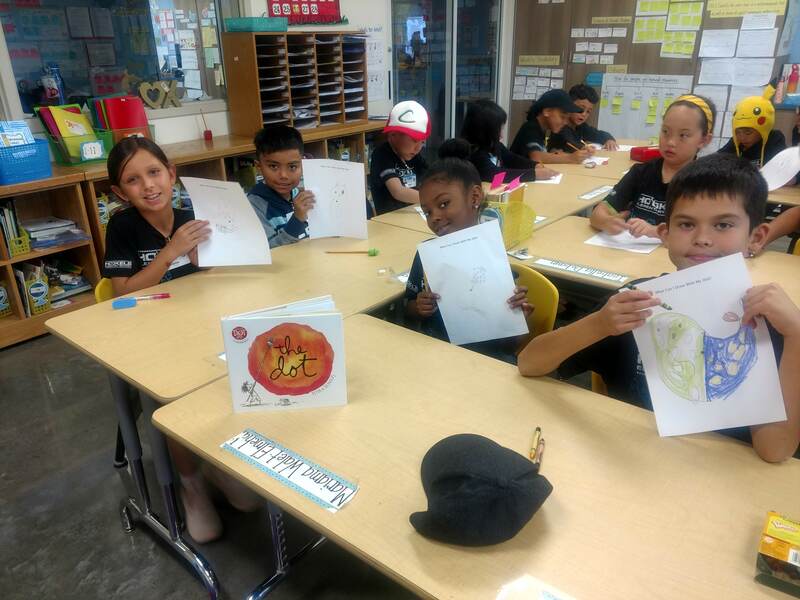
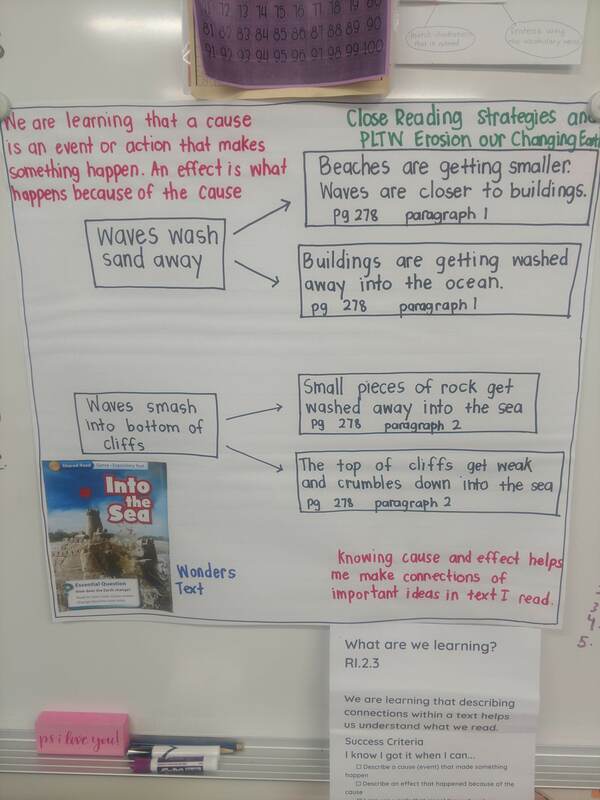
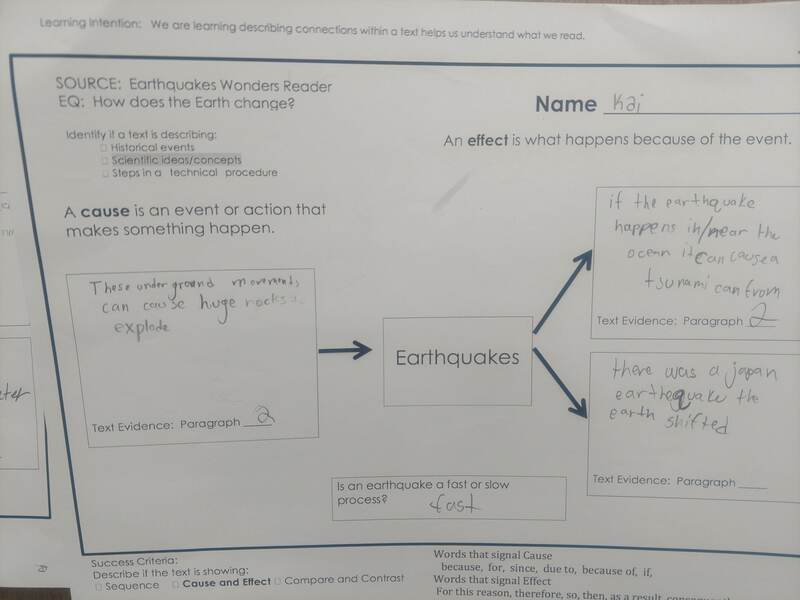
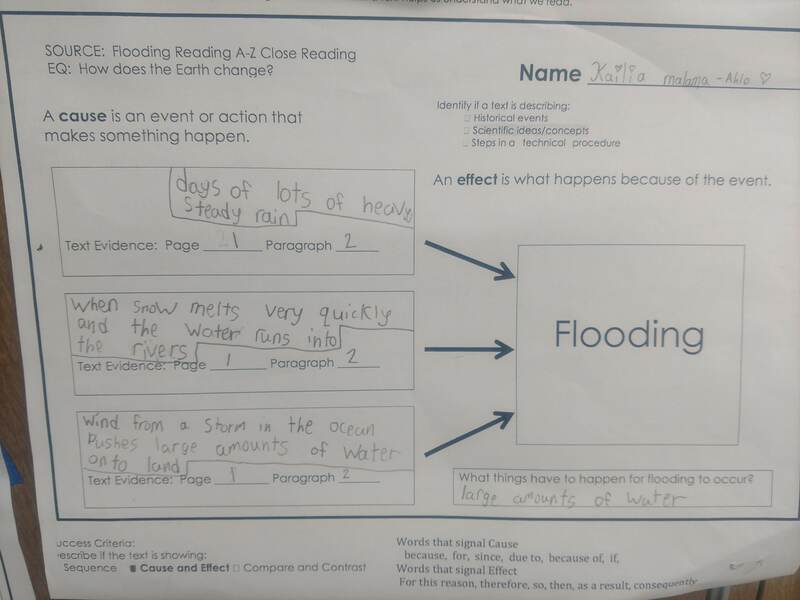
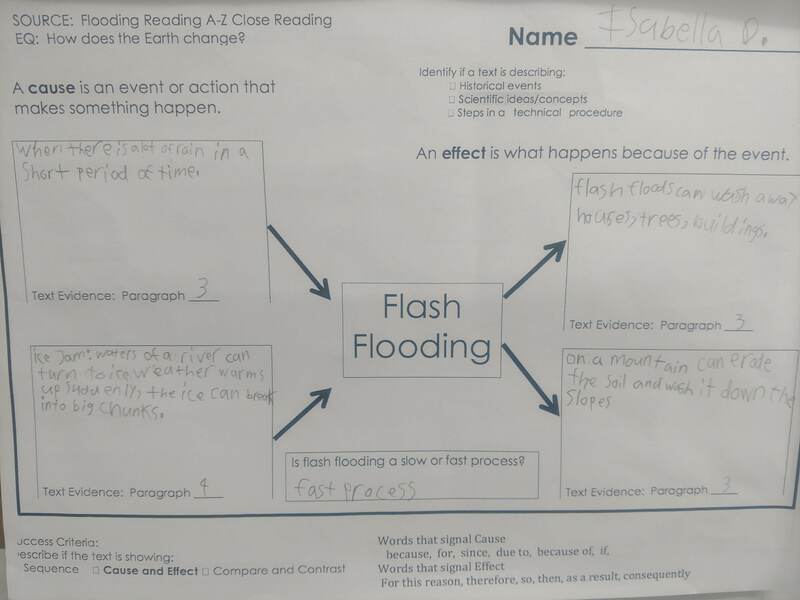
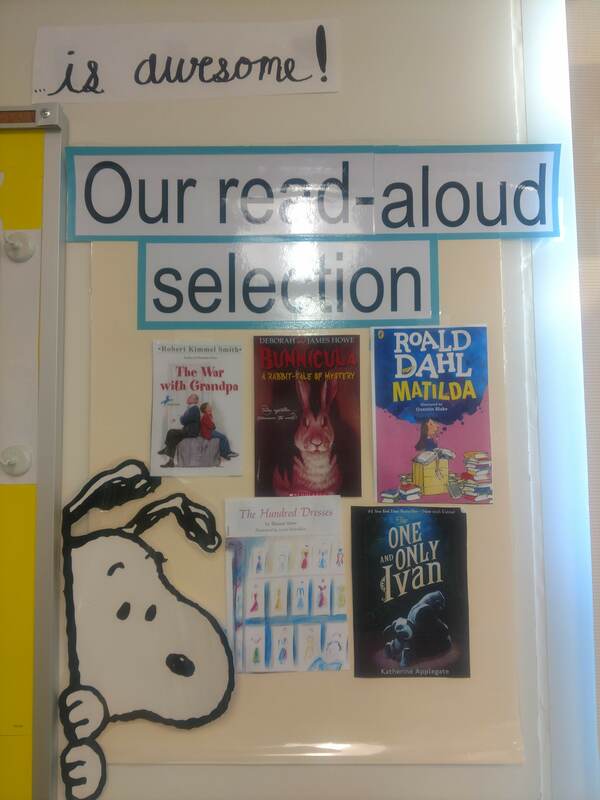
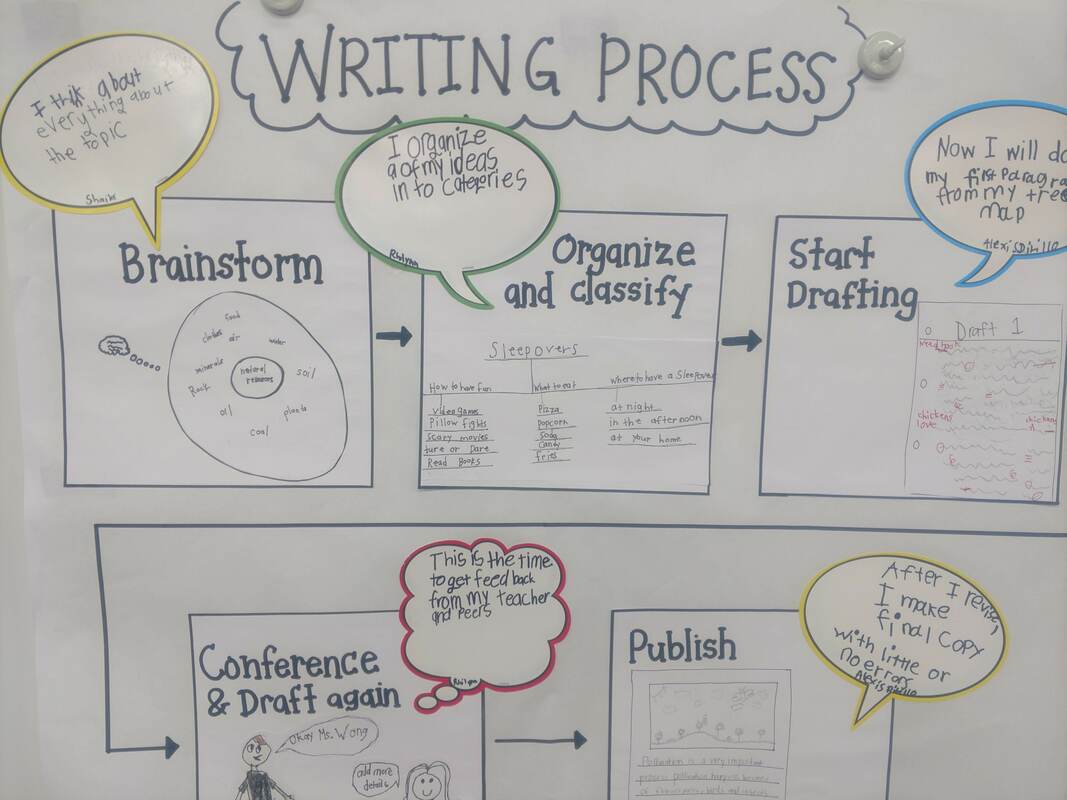
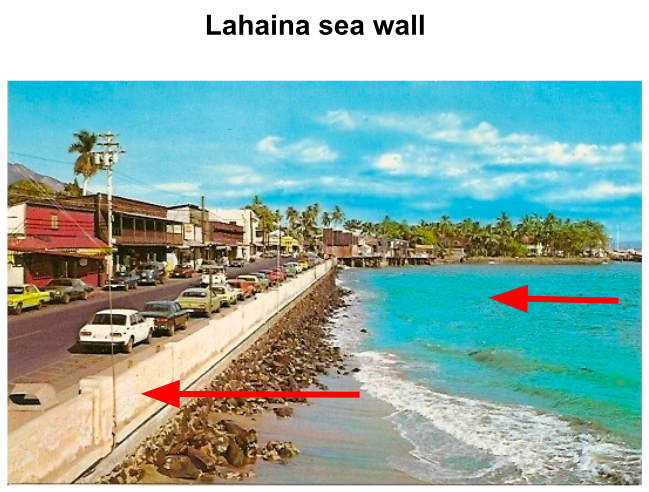

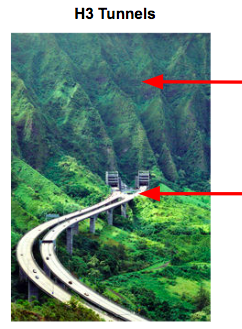
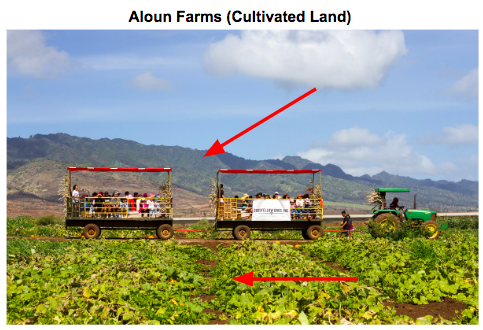
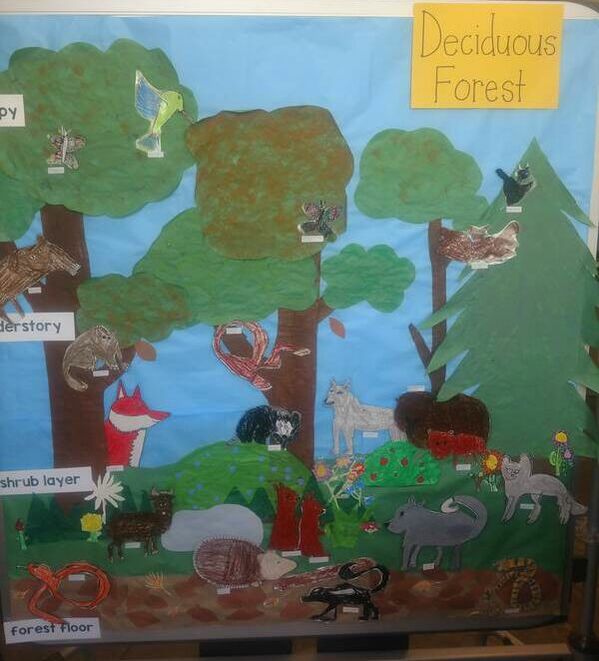
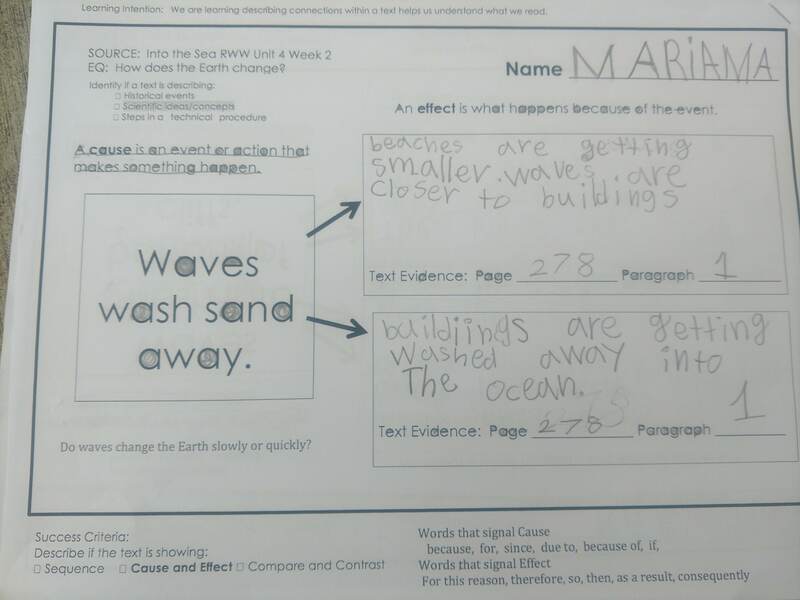
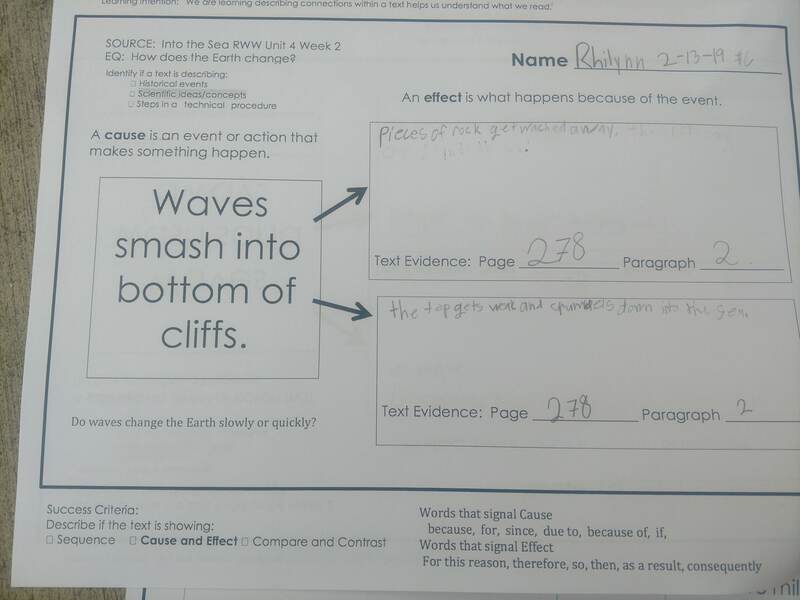
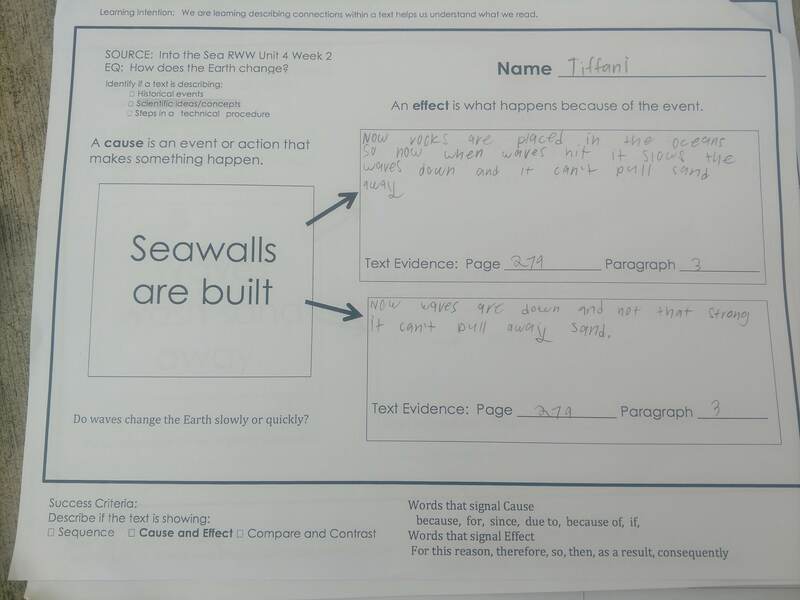
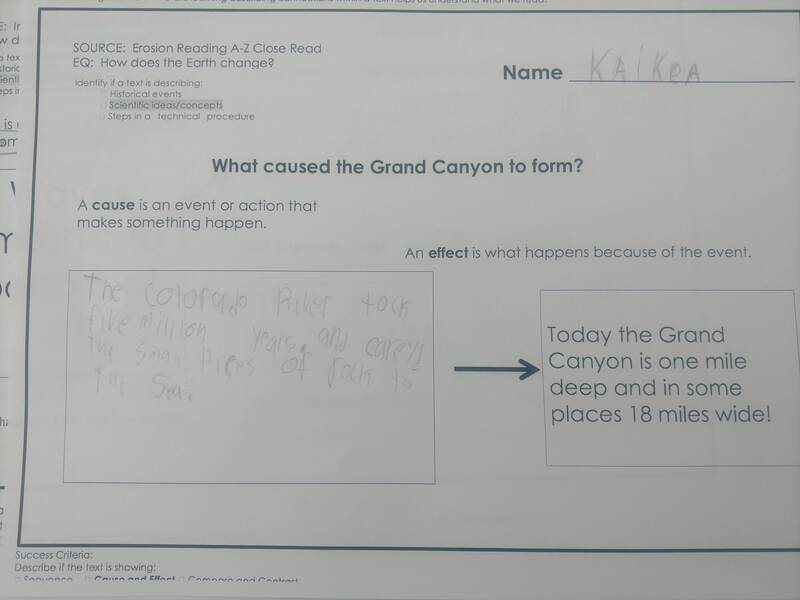
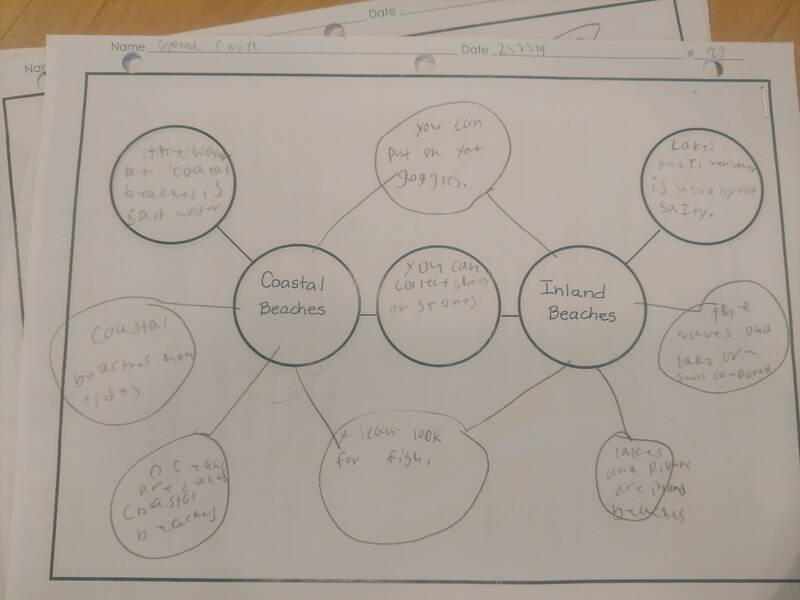
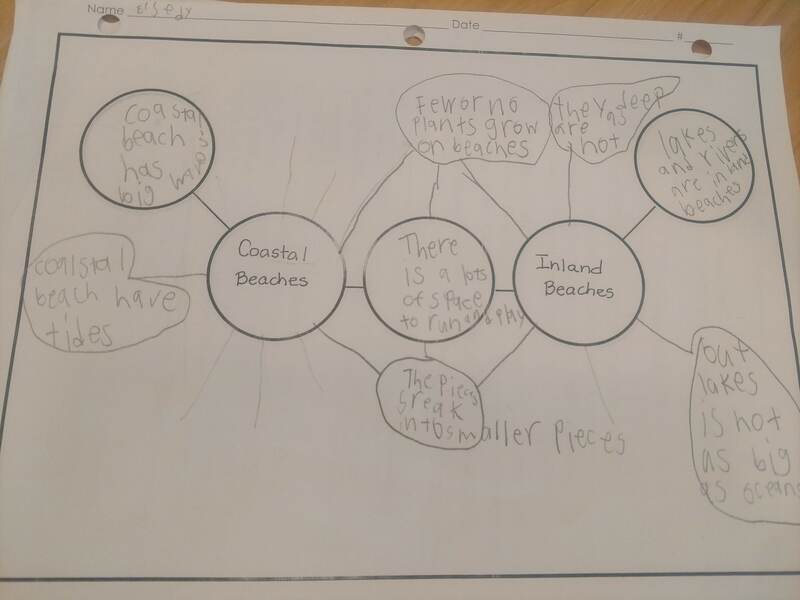
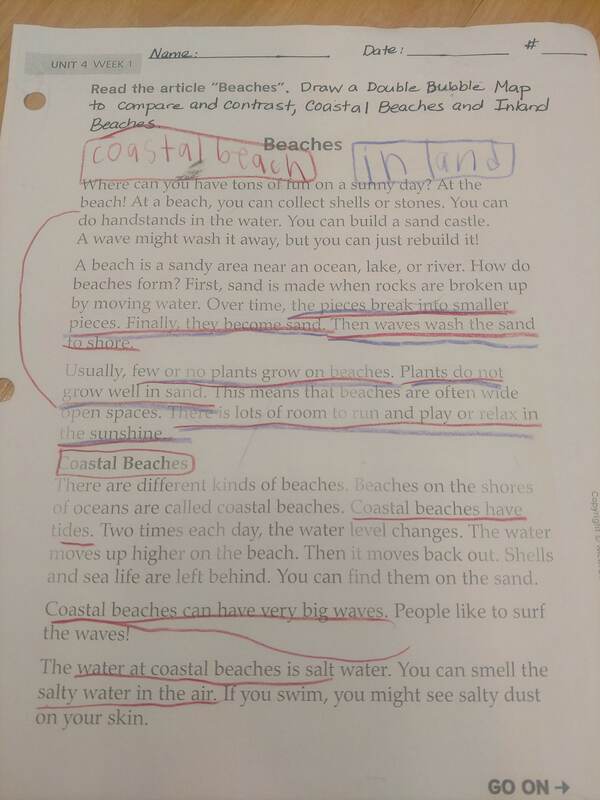
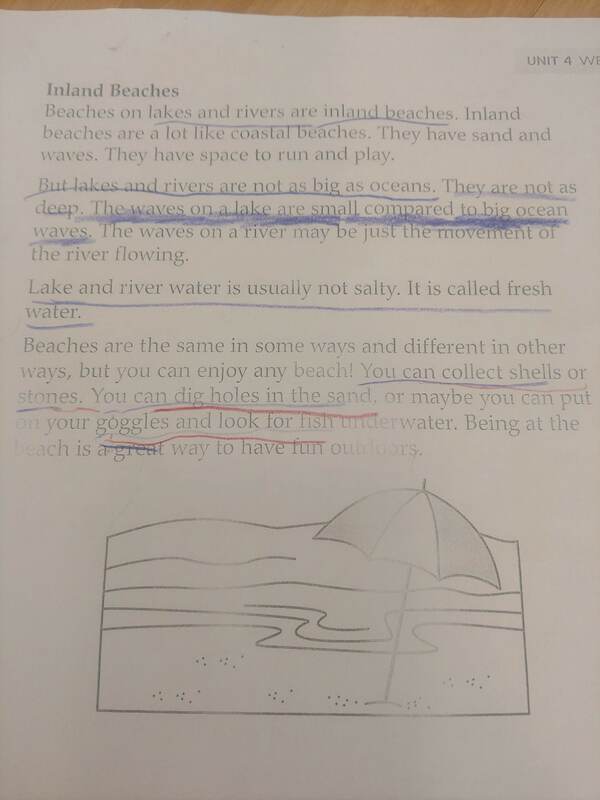
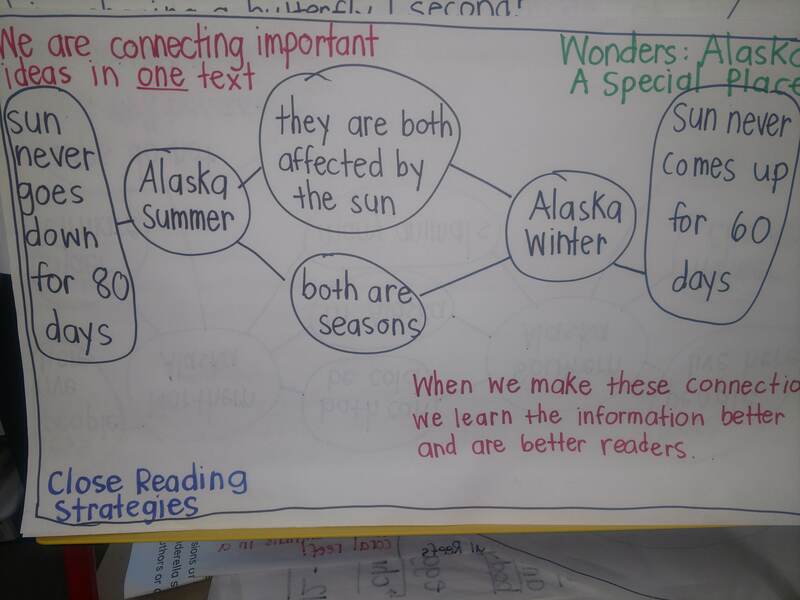
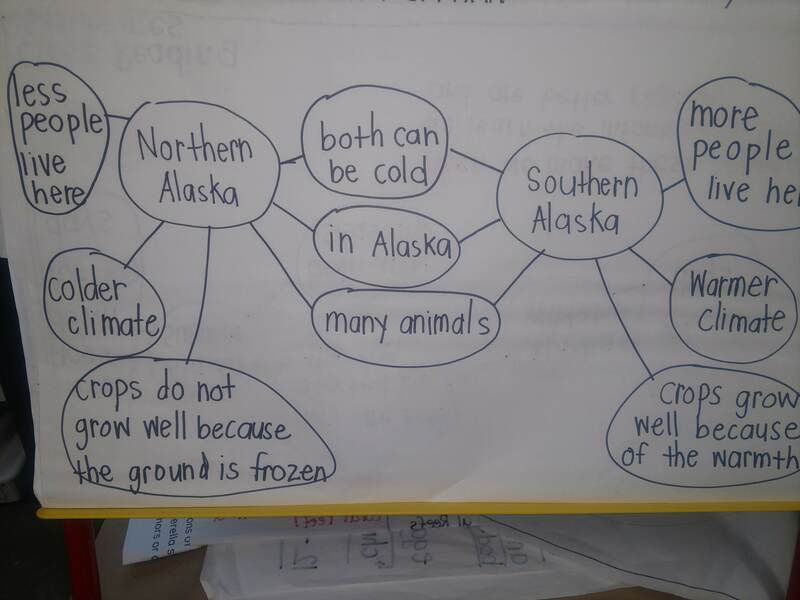
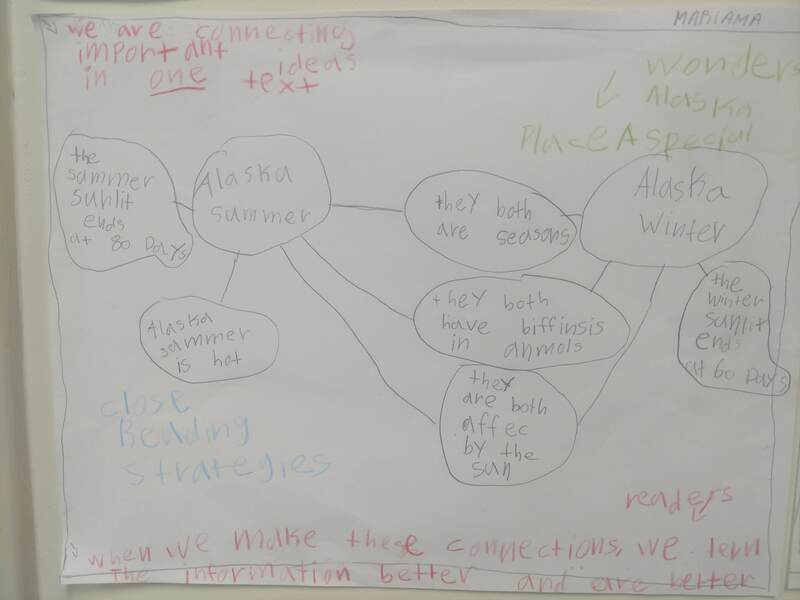
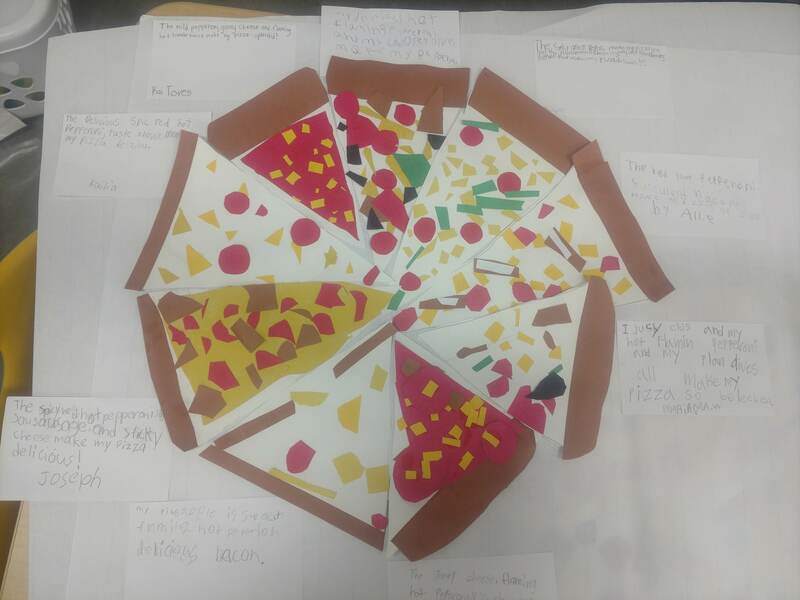
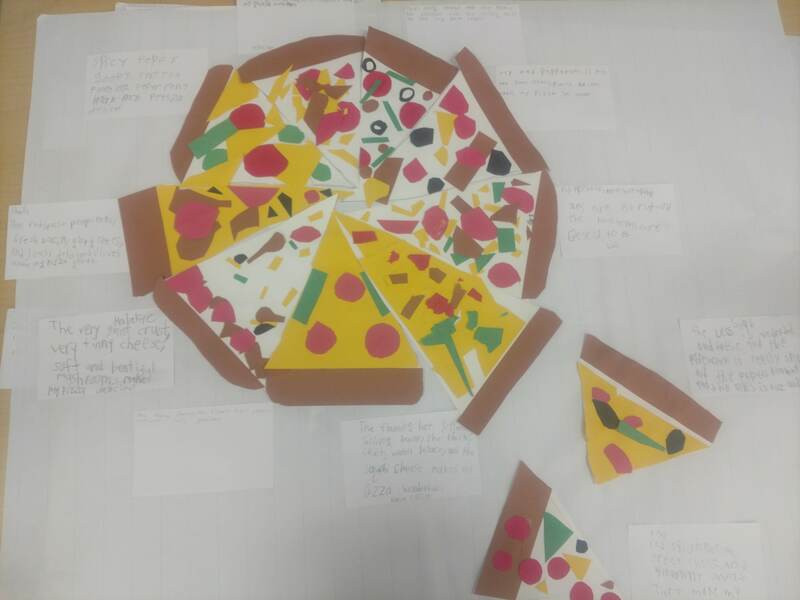
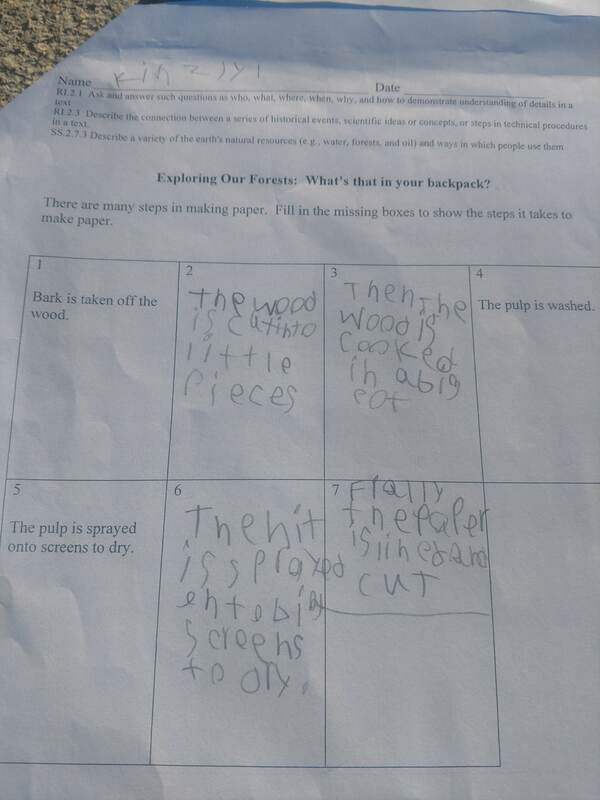
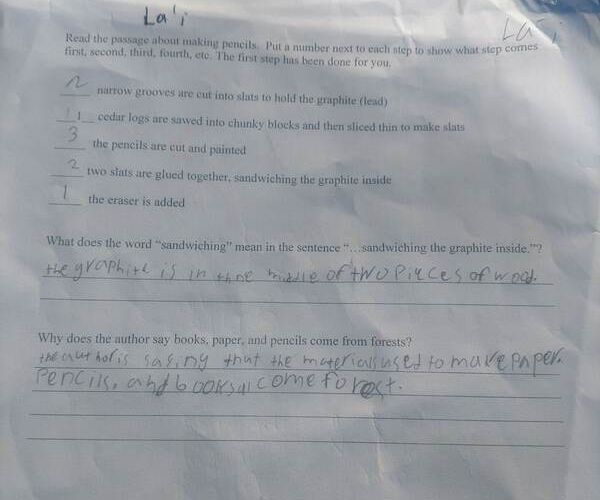
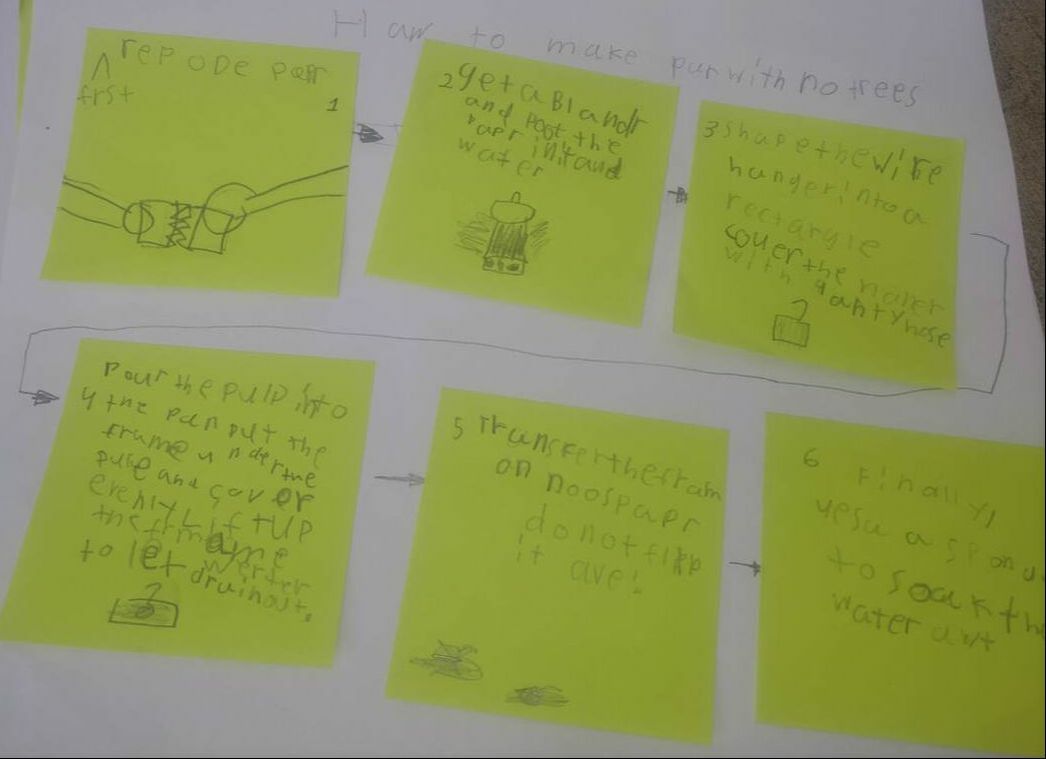
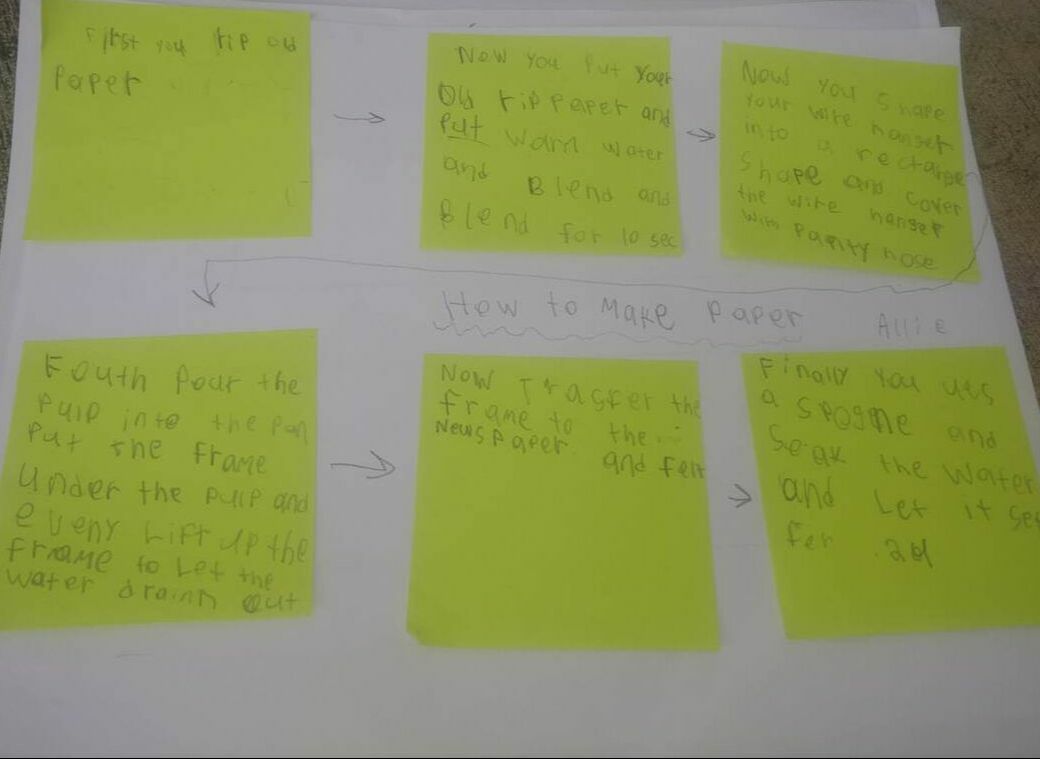
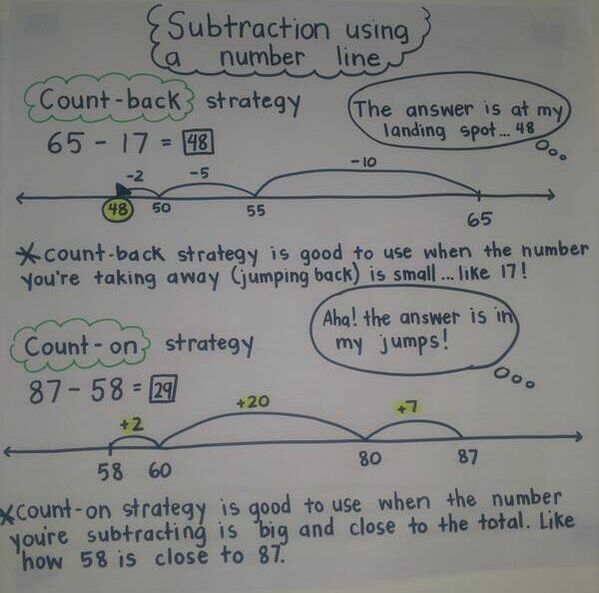
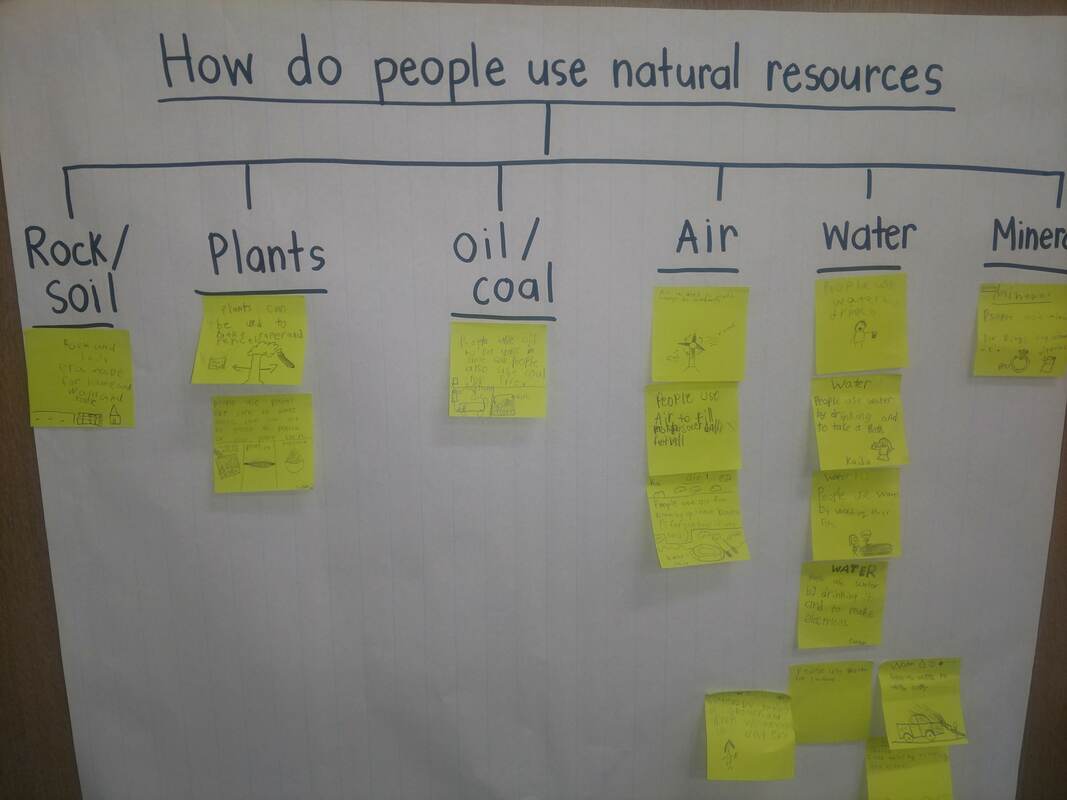
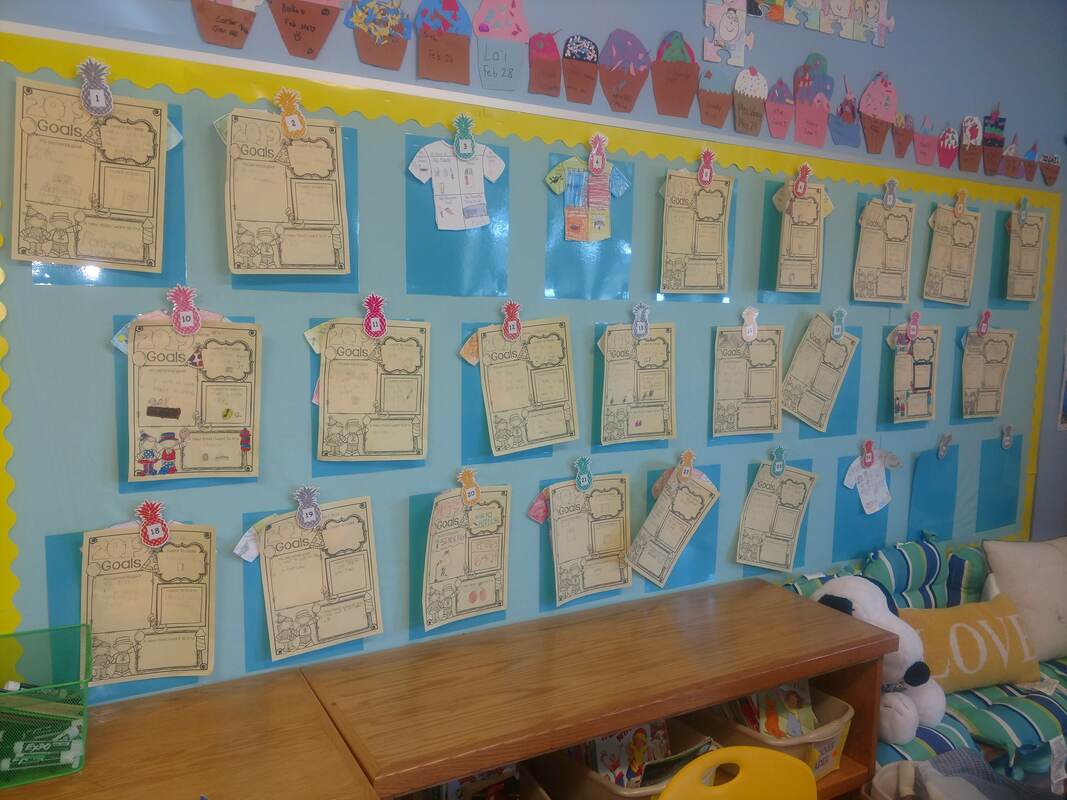
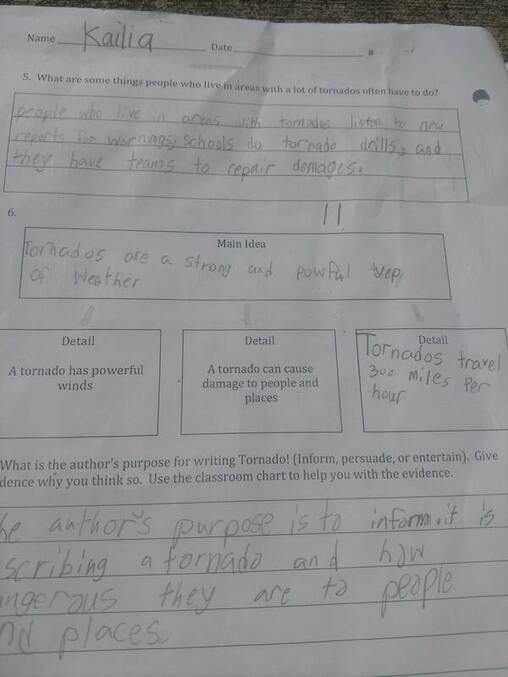
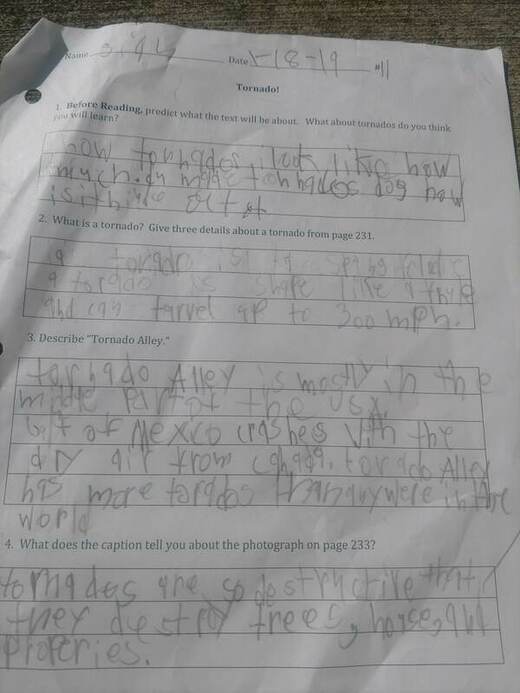
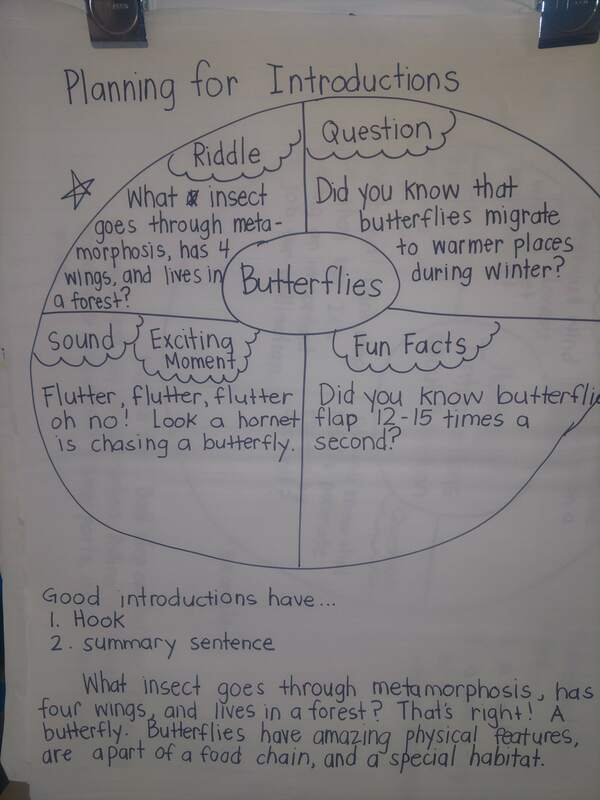
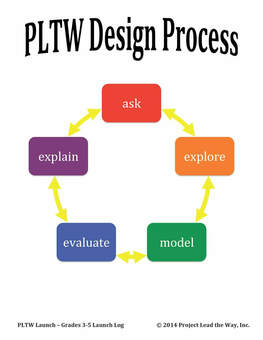
 RSS Feed
RSS Feed